Traditional kitchen design is a timeless and classic style that never goes out of fashion. It is characterized by elegant and ornate details, rich colors, and natural materials. The main focus of this design is on creating a warm and inviting atmosphere, perfect for family gatherings and entertaining guests. Some key elements of traditional kitchen design include wood cabinetry, intricate moldings, and decorative hardware. These features add a touch of luxury and sophistication to the space. The color palette is typically warm and inviting, with deep reds, greens, and browns being popular choices for cabinets and walls. In terms of layout, traditional kitchens often have a U-shaped or L-shaped design, with a central island for additional workspace and storage. This allows for a functional and efficient workflow, making it easy to move around and prepare meals.Traditional Kitchen Design
Modern kitchen design is all about simplicity and functionality. It is characterized by clean lines, minimalistic features, and a sleek, contemporary aesthetic. This style is perfect for those who prefer a clutter-free and streamlined look in their kitchen. Key elements of modern kitchen design include flat-panel cabinets, neutral color schemes, and minimalistic hardware. These features create a sense of balance and harmony in the space, making it feel open and spacious. White, gray, and black are popular color choices for modern kitchens, as they add a touch of sophistication and timelessness. The layout of a modern kitchen is often open and airy, with a focus on maximizing natural light. This may include large windows and skylights, as well as open shelving and glass cabinet doors. This creates a sense of fluidity between the kitchen and the rest of the living space.Modern Kitchen Design
Contemporary kitchen design is often confused with modern design, but there are some key differences between the two. While modern design focuses on minimalism, contemporary design allows for more creativity and personalization. It combines elements of different styles to create a unique and visually appealing space. In contemporary kitchen design, you will find a mix of materials such as wood, metal, and stone, as well as bold colors and patterns. This creates a sense of visual interest and adds a touch of personality to the space. Geometric shapes and asymmetrical layouts are also commonly used in contemporary kitchens to add a modern touch. The layout of a contemporary kitchen can vary, but it often incorporates open shelving, unique lighting fixtures, and a mix of textures. This creates a dynamic and visually appealing space that is both functional and stylish.Contemporary Kitchen Design
Rustic kitchen design is all about creating a warm and cozy atmosphere with a touch of nostalgia. This style is perfect for those who want to bring a sense of the countryside into their home. It is characterized by natural materials, warm colors, and vintage-inspired elements. Wood is a prominent feature in rustic kitchens, whether it's in the form of exposed ceiling beams, hardwood floors, or distressed cabinets. The color palette is typically warm and earthy, with shades of brown, green, and red being popular choices. Vintage or antique pieces are also commonly incorporated into the design, adding a touch of charm and character. The layout of a rustic kitchen is often cozy and intimate, with a focus on creating a welcoming and comfortable space. This may include a farmhouse-style dining table, cozy seating area, and a large hearth for cooking and entertaining.Rustic Kitchen Design
Transitional kitchen design is a blend of traditional and modern elements, creating a harmonious balance between the two styles. It is perfect for those who want a classic look with a touch of contemporary flair. This style is characterized by clean lines, neutral colors, and a mix of materials. In terms of materials, transitional kitchens often feature a mix of wood, metal, and stone, creating a sense of contrast and visual interest. The color palette is typically neutral and understated, with a focus on creating a serene and calming atmosphere. The layout of a transitional kitchen is often functional and efficient, with a focus on creating a space that is both practical and visually appealing. This may include a mix of open and closed storage, a central island, and a combination of traditional and modern finishes.Transitional Kitchen Design
Cottage kitchen design is all about creating a cozy and charming space that feels like a vacation home. This style is perfect for those who want a relaxed and casual atmosphere in their kitchen. It is characterized by soft colors, natural materials, and vintage-inspired details. The color palette in cottage kitchens is typically soft and muted, with pale blues, greens, and yellows being popular choices. Natural materials such as wood, stone, and wicker are commonly used to add a touch of warmth and texture to the space. The layout of a cottage kitchen is often cozy and intimate, with a focus on creating a space that is comfortable and inviting. This may include a farmhouse-style sink, open shelving, and a mix of vintage and modern elements.Cottage Kitchen Design
Industrial kitchen design is all about embracing a raw and unfinished aesthetic. This style is perfect for those who want a unique and edgy look in their kitchen. It is characterized by exposed brick, metal accents, and a neutral color palette. In terms of materials, industrial kitchens often feature concrete or stainless steel countertops, exposed pipes, and reclaimed wood. The color palette is typically neutral and understated, with shades of gray, black, and white being popular choices. The layout of an industrial kitchen is often open and spacious, with a focus on creating a functional and efficient workspace. This may include large cooking appliances, open shelving, and a mix of industrial and modern finishes.Industrial Kitchen Design
Coastal kitchen design is all about bringing the beach vibes into your home. This style is perfect for those who want a light and airy atmosphere with a touch of seaside charm. It is characterized by soft colors, natural materials, and beach-inspired elements. White is a dominant color in coastal kitchens, creating a sense of light and brightness in the space. Other popular colors include soft blues, greens, and sandy neutrals. Natural materials such as wood, rattan, and seagrass are commonly used to add a touch of texture and warmth to the space. The layout of a coastal kitchen is often open and airy, with a focus on creating a space that feels relaxed and inviting. This may include large windows, open shelving, and a mix of natural and nautical-inspired decor.Coastal Kitchen Design
Mediterranean kitchen design is all about embracing the warmth and beauty of Mediterranean culture. This style is perfect for those who want a luxurious and elegant space with a touch of Old World charm. It is characterized by rich colors, ornate details, and natural materials. Deep reds, oranges, and yellows are popular color choices in Mediterranean kitchens, as they evoke a sense of warmth and vibrancy. The use of terra-cotta tile, stone, and mosaic adds a touch of traditional Mediterranean charm to the space. The layout of a Mediterranean kitchen is often open and spacious, with a focus on creating a functional and welcoming space. This may include a large central island, open shelving, and ornate details such as arches and columns.Mediterranean Kitchen Design
Scandinavian kitchen design is all about simplicity and functionality, with a touch of Scandinavian charm. This style is perfect for those who want a clean and minimalist space that is also warm and inviting. It is characterized by light colors, natural materials, and a mix of modern and rustic elements. The color palette in Scandinavian kitchens is typically light and airy, with white, gray, and light wood being popular choices. This creates a sense of brightness and openness in the space. Natural materials such as wood, stone, and leather are commonly used to add a touch of warmth and texture. The layout of a Scandinavian kitchen is often efficient and practical, with a focus on creating a space that is both functional and visually appealing. This may include smart storage solutions, a mix of open and closed shelving, and a minimalistic design aesthetic.Scandinavian Kitchen Design
The Importance of Kitchen Design
Creating a Functional and Aesthetically Pleasing Space
 A well-designed kitchen is more than just a place to cook and prepare meals. It is the heart of the home, where families gather, friends socialize, and memories are made. A kitchen that is thoughtfully designed can greatly enhance the overall functionality and aesthetic appeal of a house. With the right design elements, a kitchen can become a multi-purpose space that serves as a cooking area, dining area, and even a workspace. This is why it is crucial to carefully consider the design of your kitchen, as it can greatly impact your daily life and the value of your home.
A well-designed kitchen is more than just a place to cook and prepare meals. It is the heart of the home, where families gather, friends socialize, and memories are made. A kitchen that is thoughtfully designed can greatly enhance the overall functionality and aesthetic appeal of a house. With the right design elements, a kitchen can become a multi-purpose space that serves as a cooking area, dining area, and even a workspace. This is why it is crucial to carefully consider the design of your kitchen, as it can greatly impact your daily life and the value of your home.
Incorporating Your Personal Style
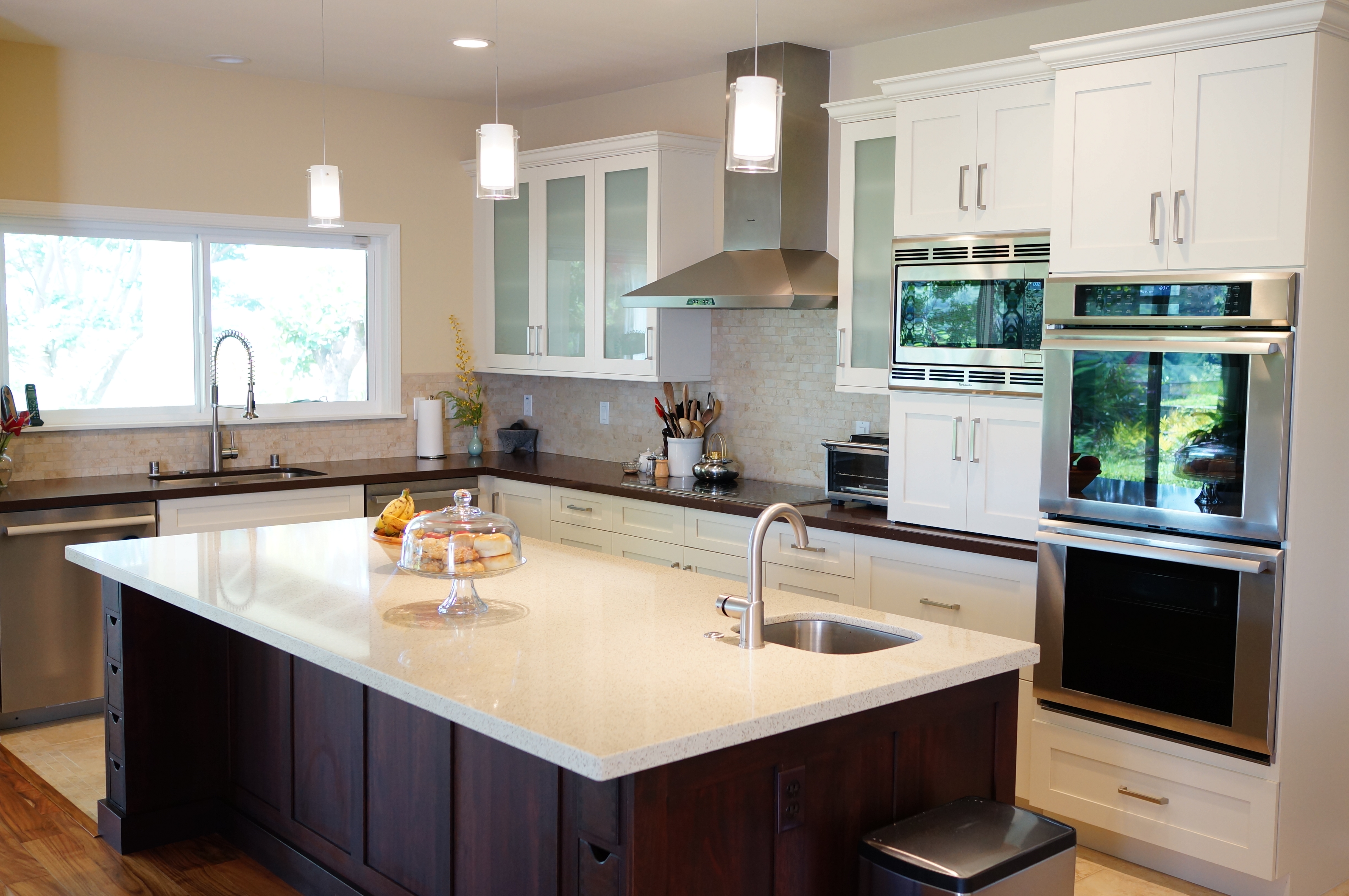 Another important aspect of kitchen design is incorporating your personal style. The kitchen is a reflection of your taste and personality, and the design should reflect that. Whether you prefer a modern, minimalist look or a cozy, rustic feel, there are various design styles to choose from. It is important to take into account not only your own preferences but also the overall style of your home. A cohesive design throughout the house can create a sense of unity and flow, making your home feel more put together.
Another important aspect of kitchen design is incorporating your personal style. The kitchen is a reflection of your taste and personality, and the design should reflect that. Whether you prefer a modern, minimalist look or a cozy, rustic feel, there are various design styles to choose from. It is important to take into account not only your own preferences but also the overall style of your home. A cohesive design throughout the house can create a sense of unity and flow, making your home feel more put together.
Maximizing Space and Storage
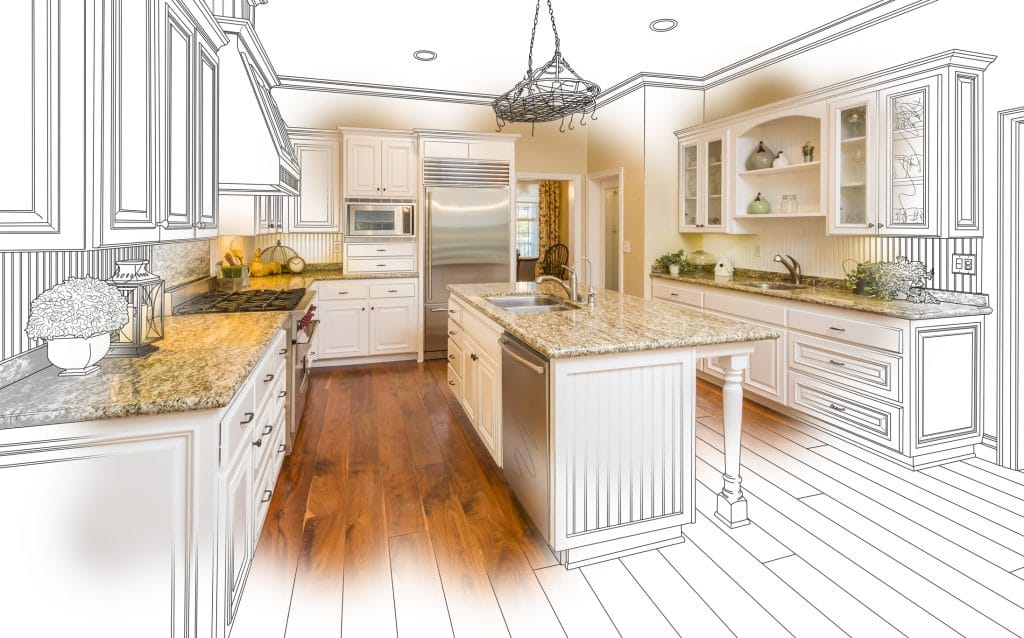 One of the main challenges in kitchen design is maximizing the use of space and storage. When planning your kitchen layout, it is important to consider the available space and how to make the most of it. This includes utilizing clever storage solutions, such as pull-out shelves and built-in cabinets, to keep your kitchen organized and clutter-free. A well-designed kitchen should also have designated areas for different tasks, such as cooking, cleaning, and food storage, to ensure smooth and efficient workflow.
One of the main challenges in kitchen design is maximizing the use of space and storage. When planning your kitchen layout, it is important to consider the available space and how to make the most of it. This includes utilizing clever storage solutions, such as pull-out shelves and built-in cabinets, to keep your kitchen organized and clutter-free. A well-designed kitchen should also have designated areas for different tasks, such as cooking, cleaning, and food storage, to ensure smooth and efficient workflow.
Incorporating the Latest Technology
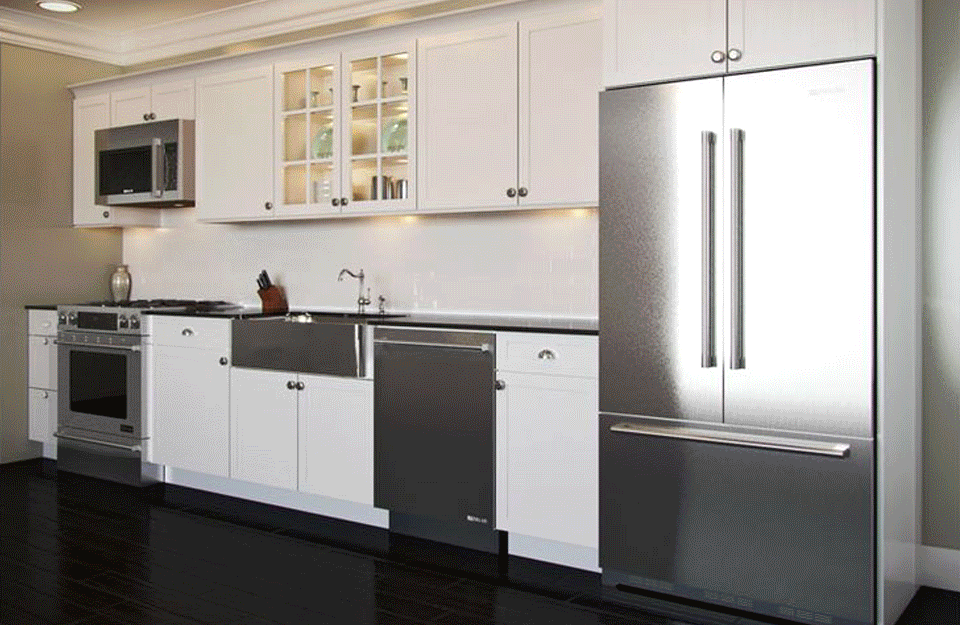 With advancements in technology, there are now endless possibilities for incorporating modern gadgets and appliances into kitchen design. From smart refrigerators to voice-activated faucets, technology can greatly enhance the functionality and convenience of your kitchen. When planning your kitchen design, it is important to consider the latest technology and how it can make your daily tasks easier and more efficient.
With advancements in technology, there are now endless possibilities for incorporating modern gadgets and appliances into kitchen design. From smart refrigerators to voice-activated faucets, technology can greatly enhance the functionality and convenience of your kitchen. When planning your kitchen design, it is important to consider the latest technology and how it can make your daily tasks easier and more efficient.
Incorporating Sustainable Design
 In recent years, there has been a growing trend towards sustainable living, and this also applies to kitchen design. Incorporating eco-friendly materials and energy-efficient appliances not only benefits the environment but can also save you money in the long run. From using recycled materials to installing energy-saving LED lighting, there are many ways to make your kitchen design more environmentally friendly.
In recent years, there has been a growing trend towards sustainable living, and this also applies to kitchen design. Incorporating eco-friendly materials and energy-efficient appliances not only benefits the environment but can also save you money in the long run. From using recycled materials to installing energy-saving LED lighting, there are many ways to make your kitchen design more environmentally friendly.
Budget-Friendly Design Options
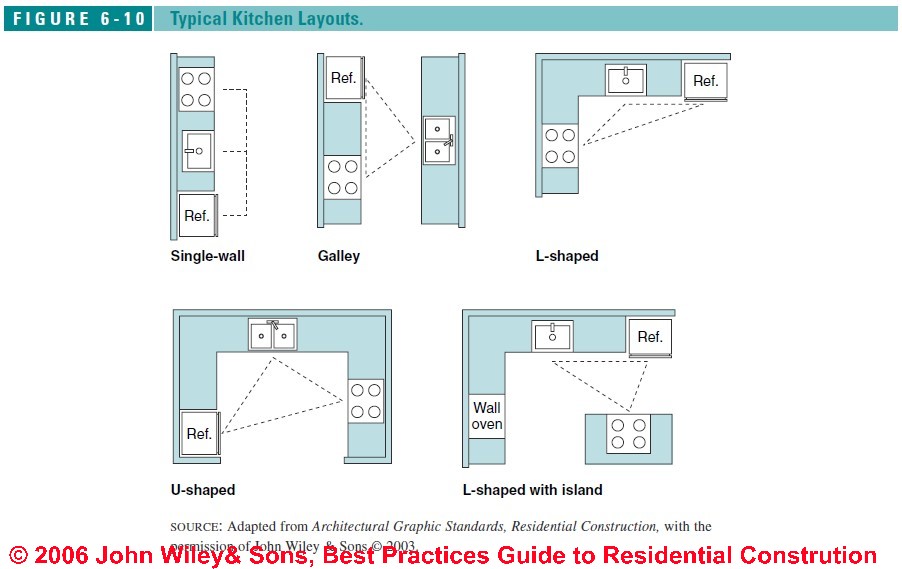 Kitchen renovations can be costly, but there are also budget-friendly design options available. From DIY projects to shopping for affordable materials and appliances, there are ways to achieve a beautiful and functional kitchen without breaking the bank. It is important to research and plan ahead to ensure that your kitchen design fits within your budget without compromising on functionality and style.
In conclusion, a well-designed kitchen is essential for creating a functional and aesthetically pleasing space that reflects your personal style. From maximizing space and storage to incorporating the latest technology and sustainable design, there are various elements to consider when planning a kitchen design. With the right approach and careful consideration, you can create a kitchen that not only meets your everyday needs but also adds value to your home.
Kitchen renovations can be costly, but there are also budget-friendly design options available. From DIY projects to shopping for affordable materials and appliances, there are ways to achieve a beautiful and functional kitchen without breaking the bank. It is important to research and plan ahead to ensure that your kitchen design fits within your budget without compromising on functionality and style.
In conclusion, a well-designed kitchen is essential for creating a functional and aesthetically pleasing space that reflects your personal style. From maximizing space and storage to incorporating the latest technology and sustainable design, there are various elements to consider when planning a kitchen design. With the right approach and careful consideration, you can create a kitchen that not only meets your everyday needs but also adds value to your home.

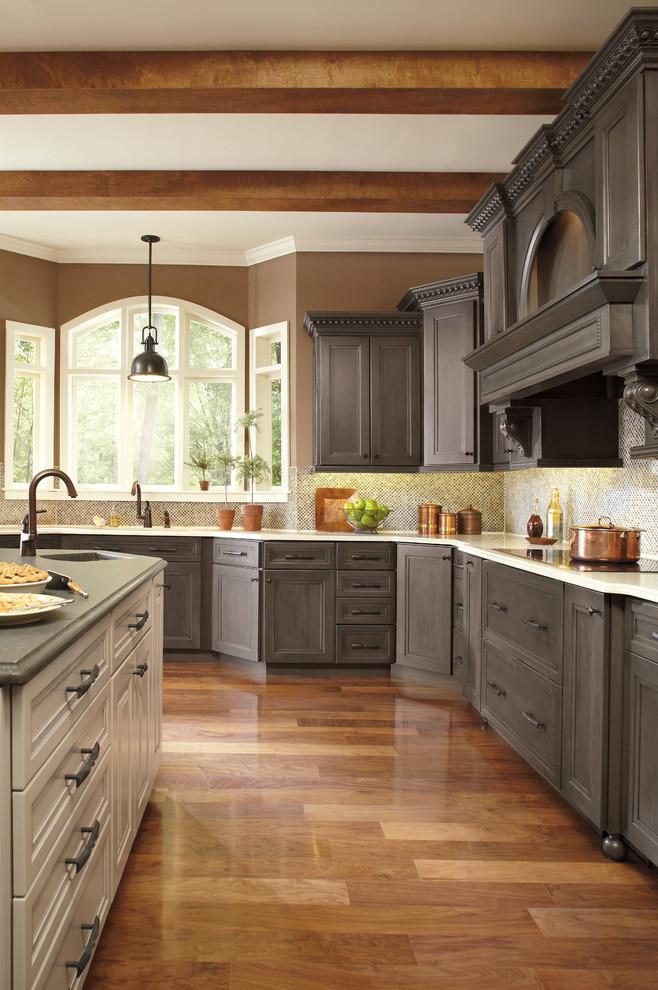
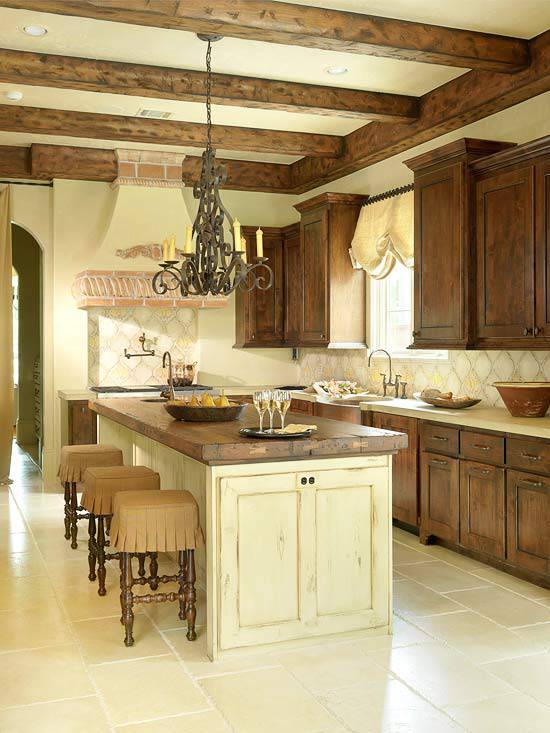

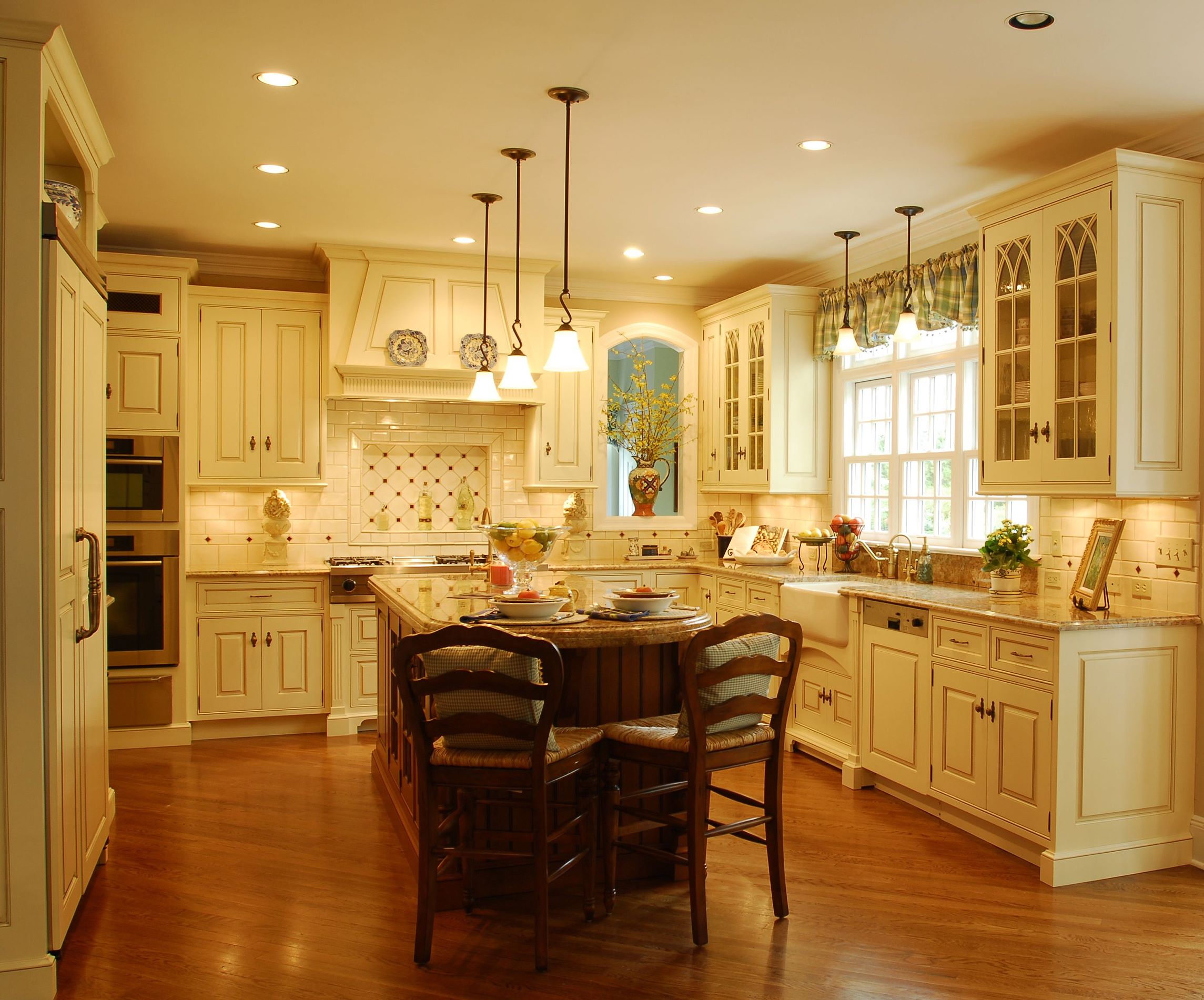
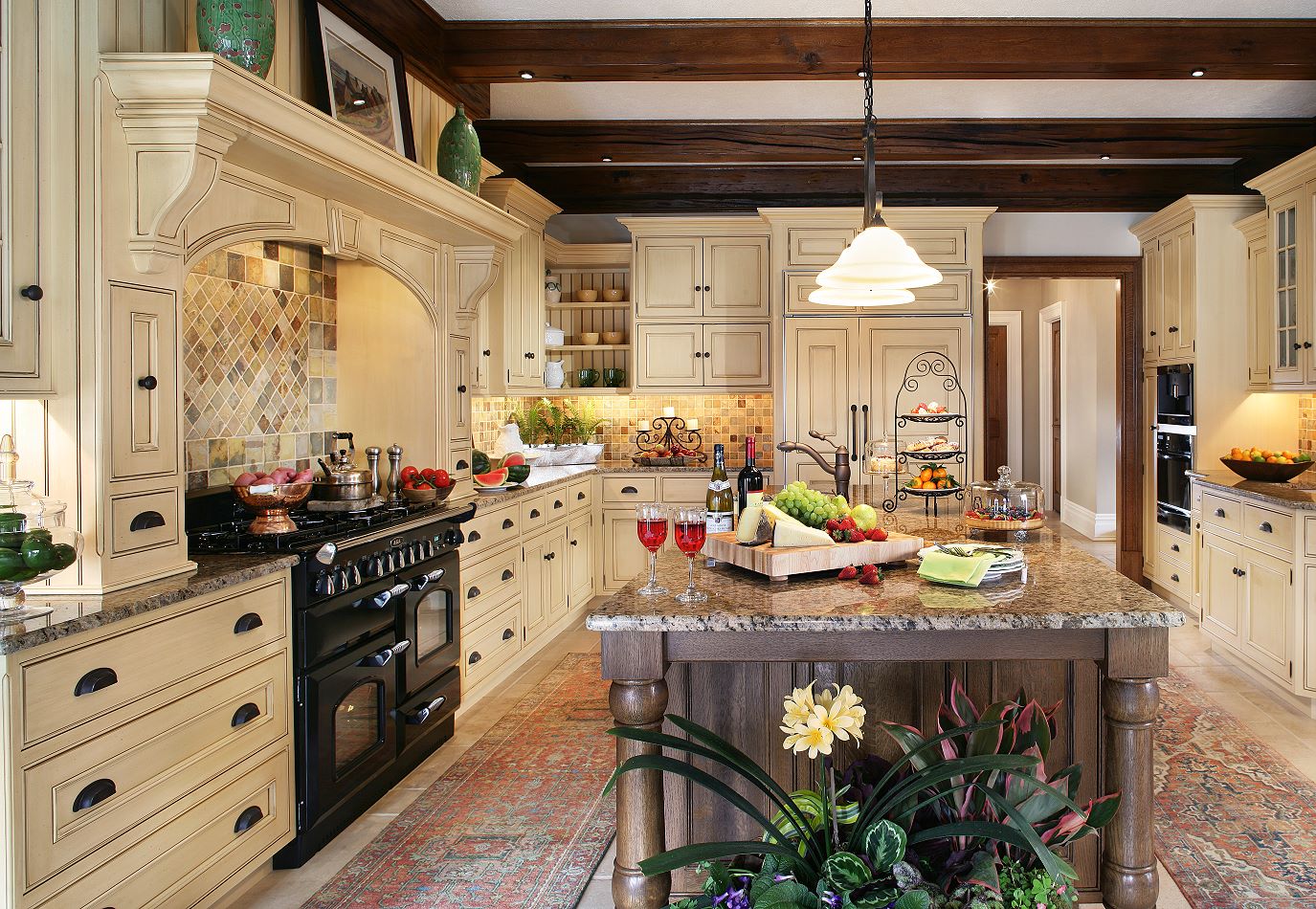

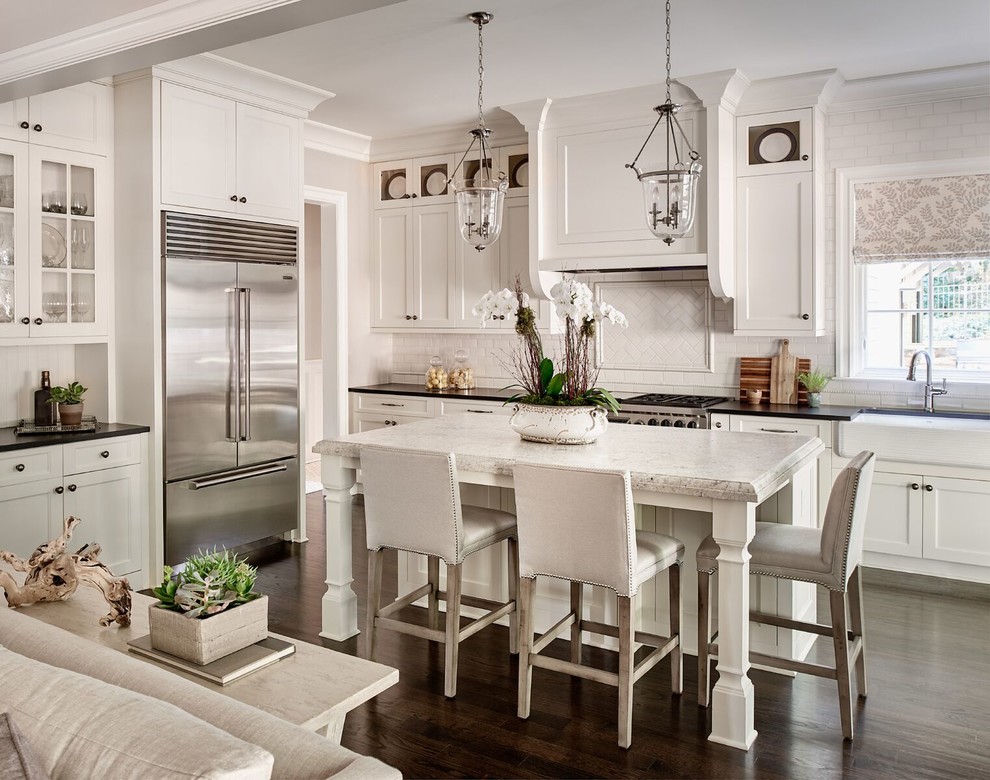
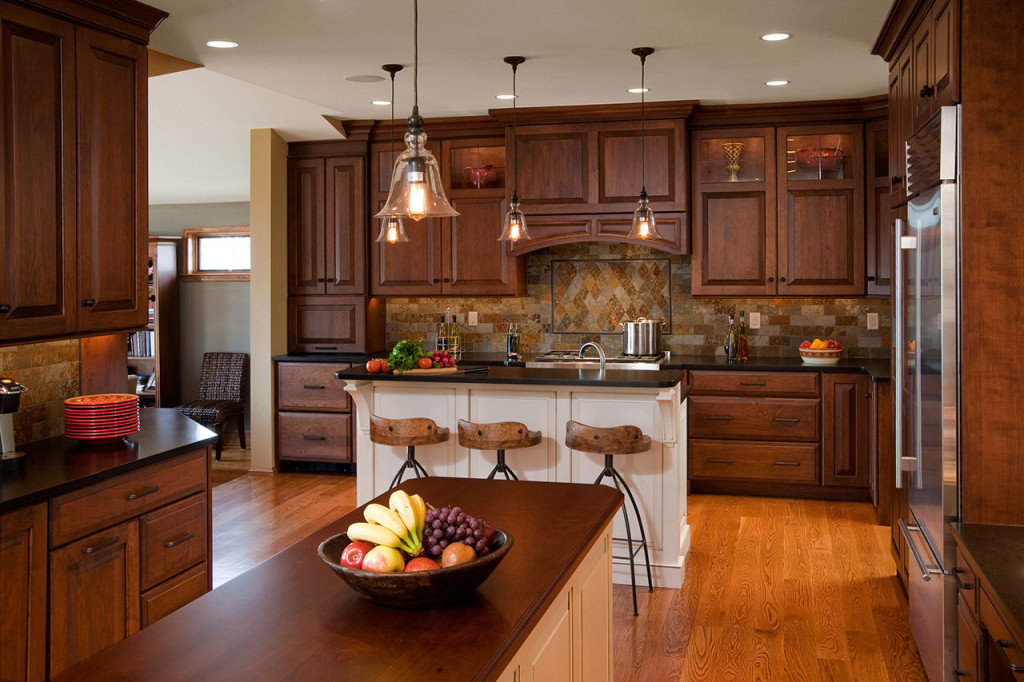


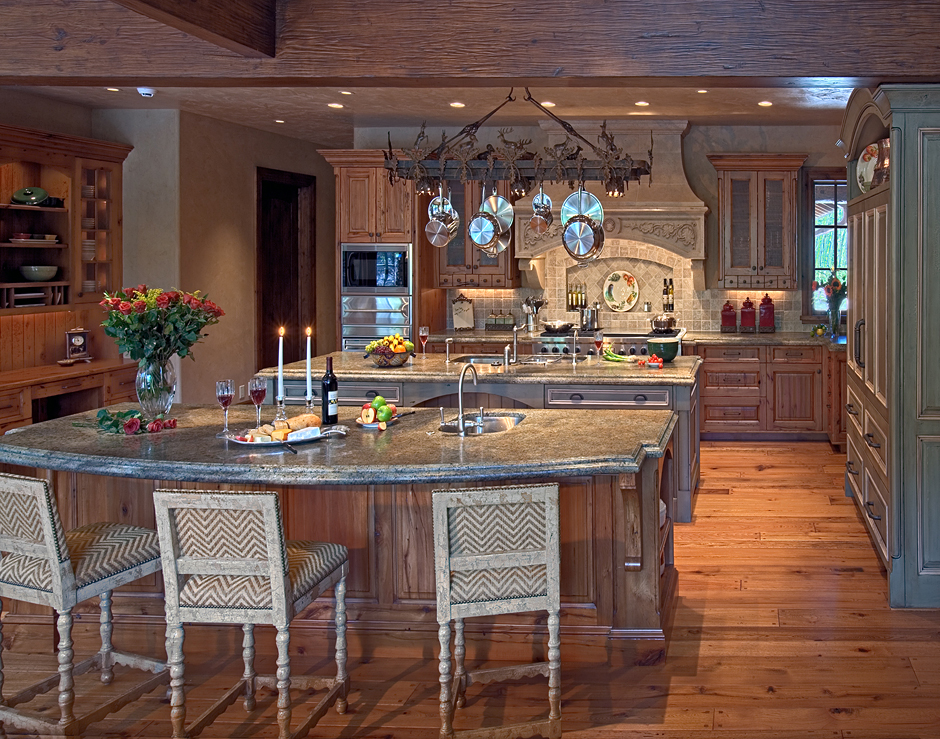
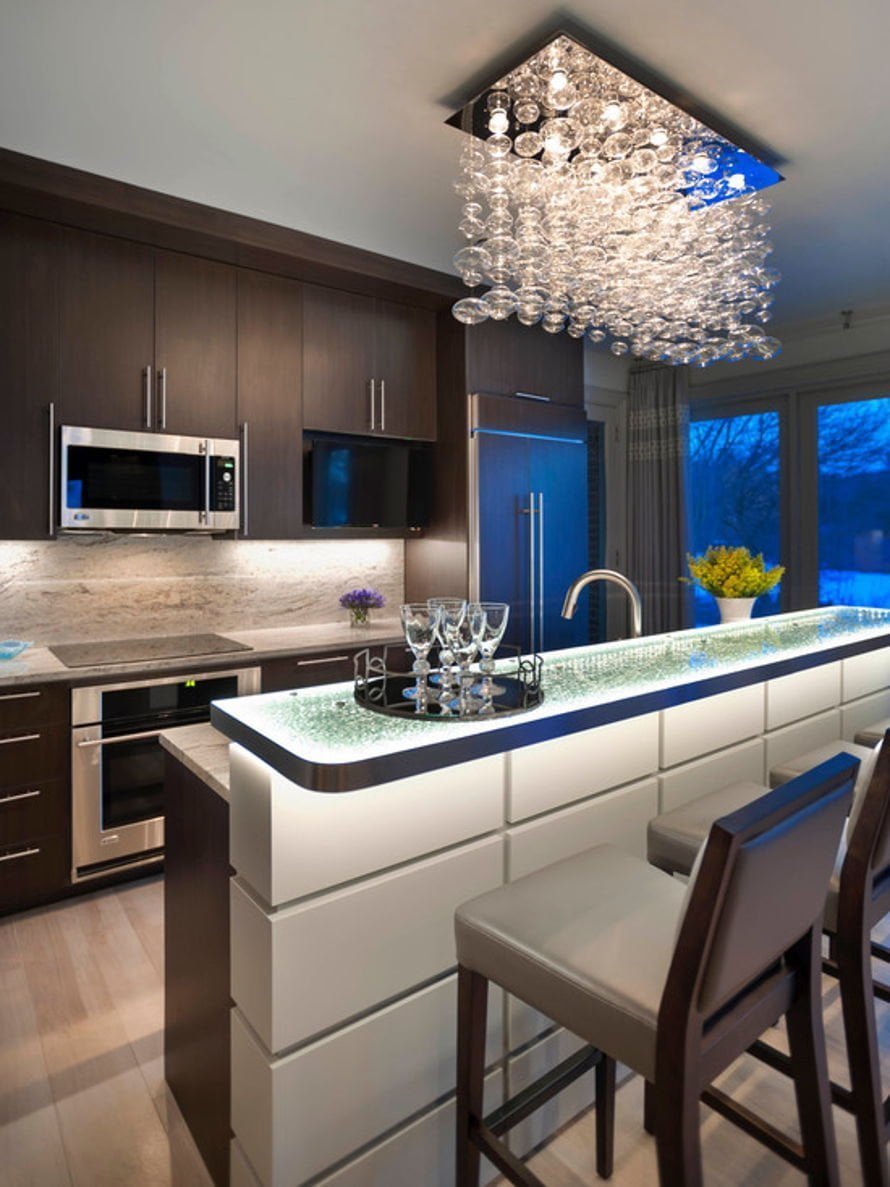


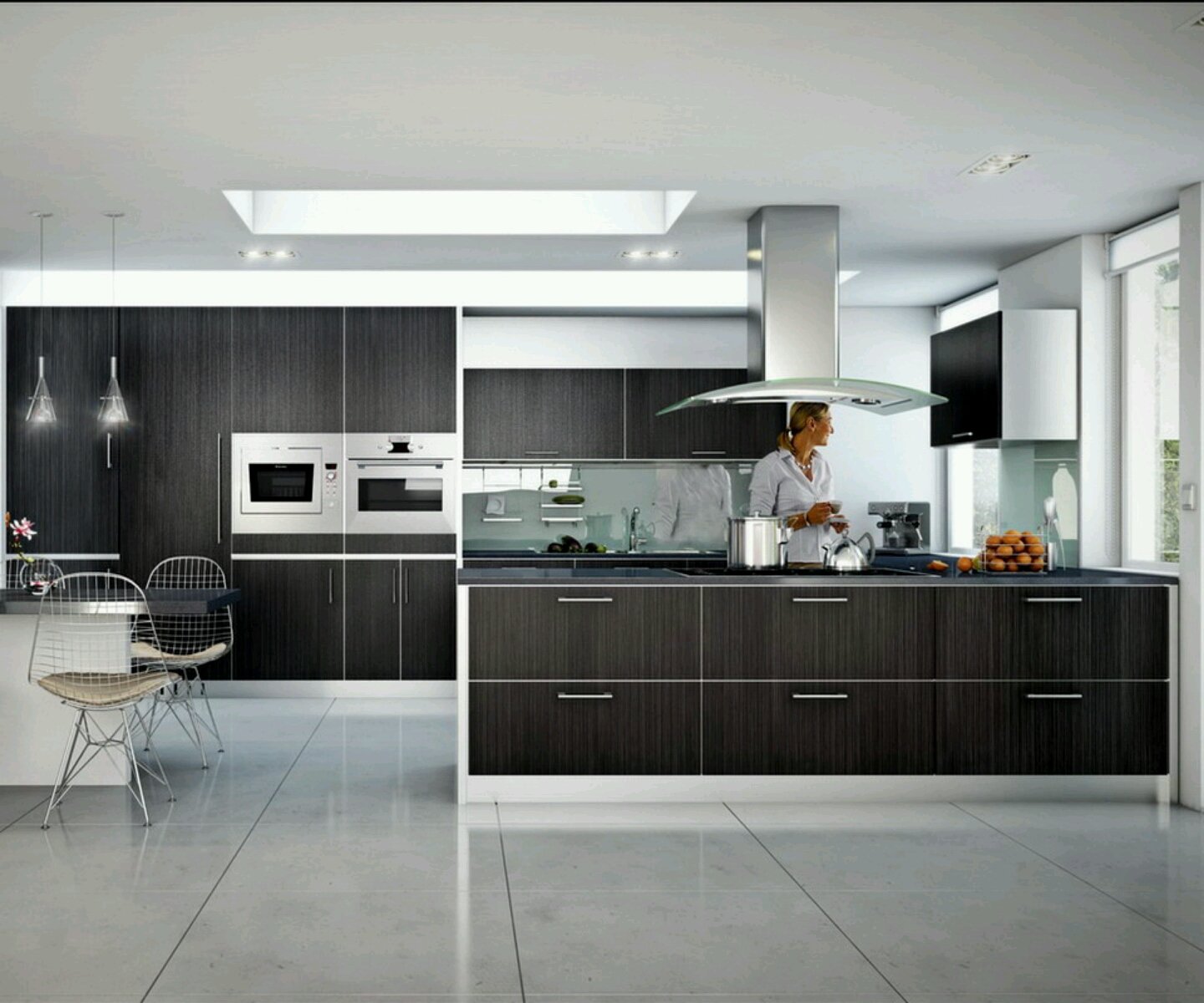



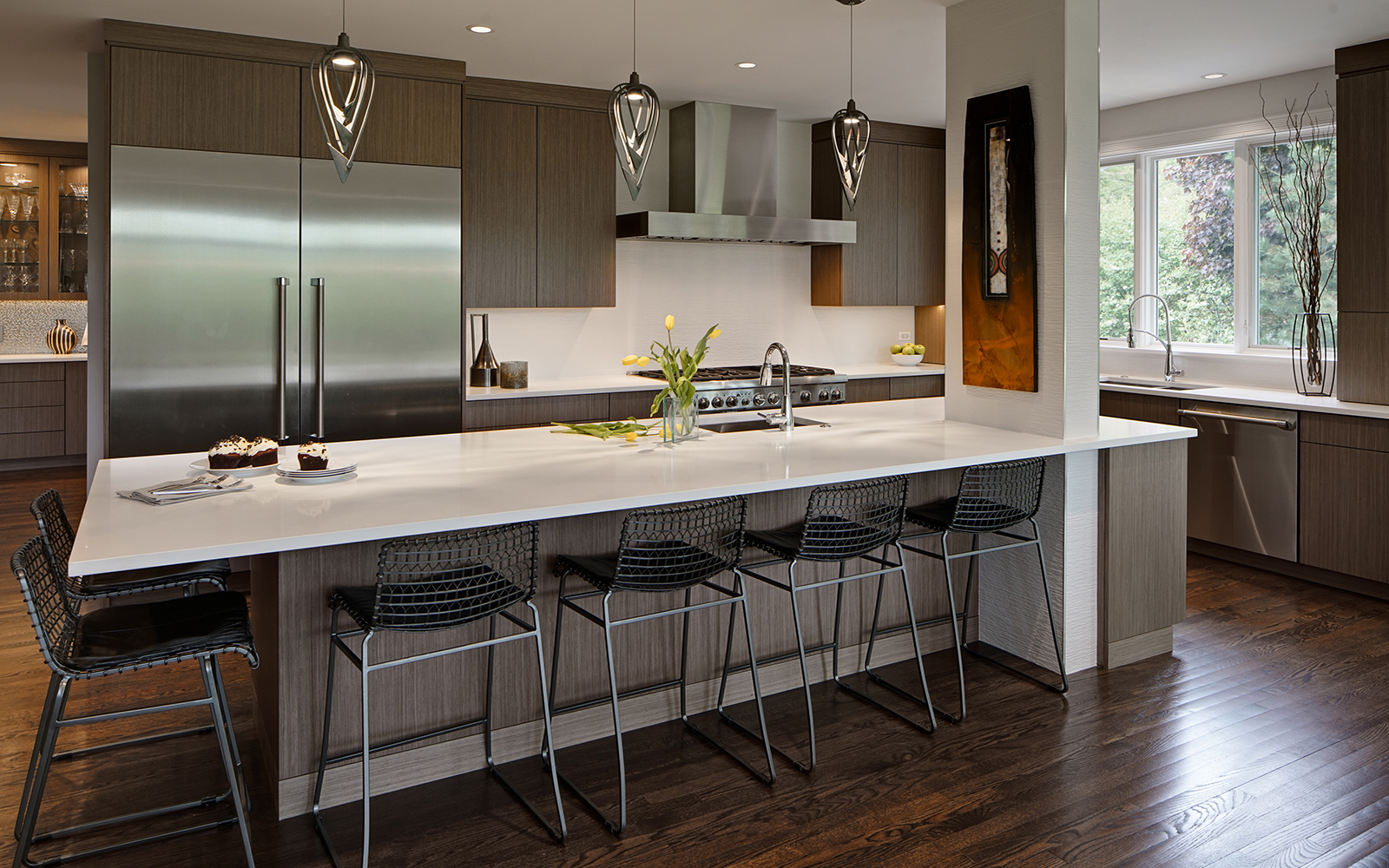
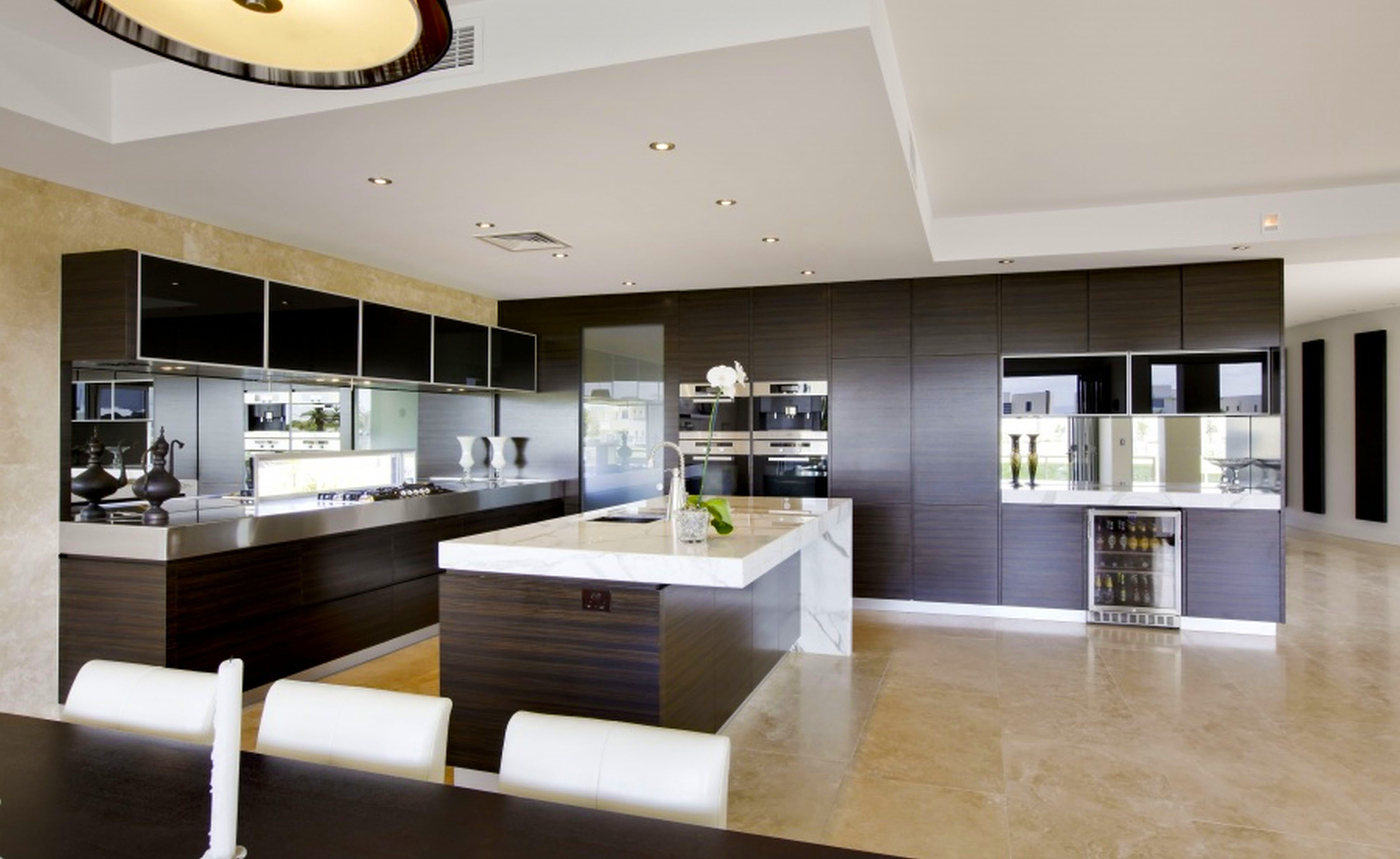
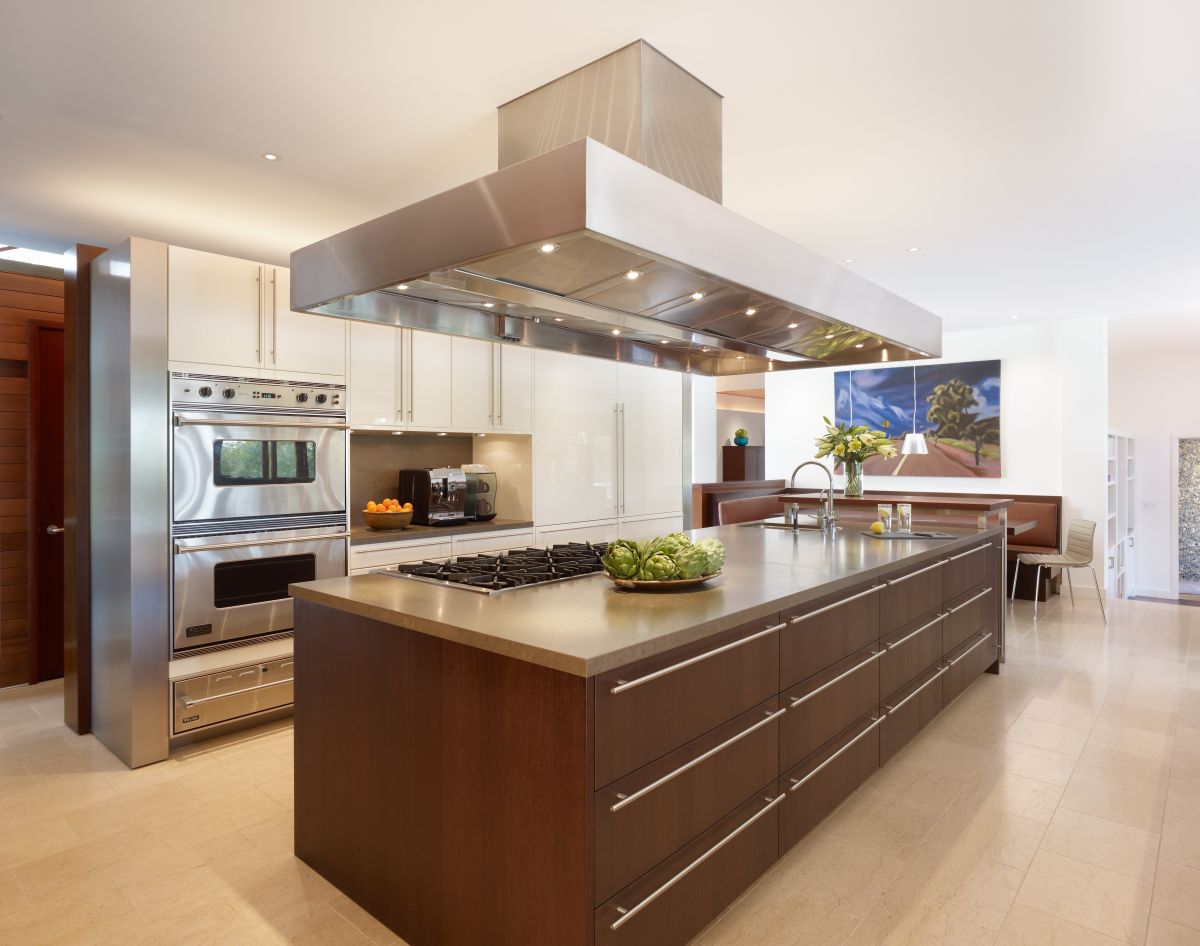
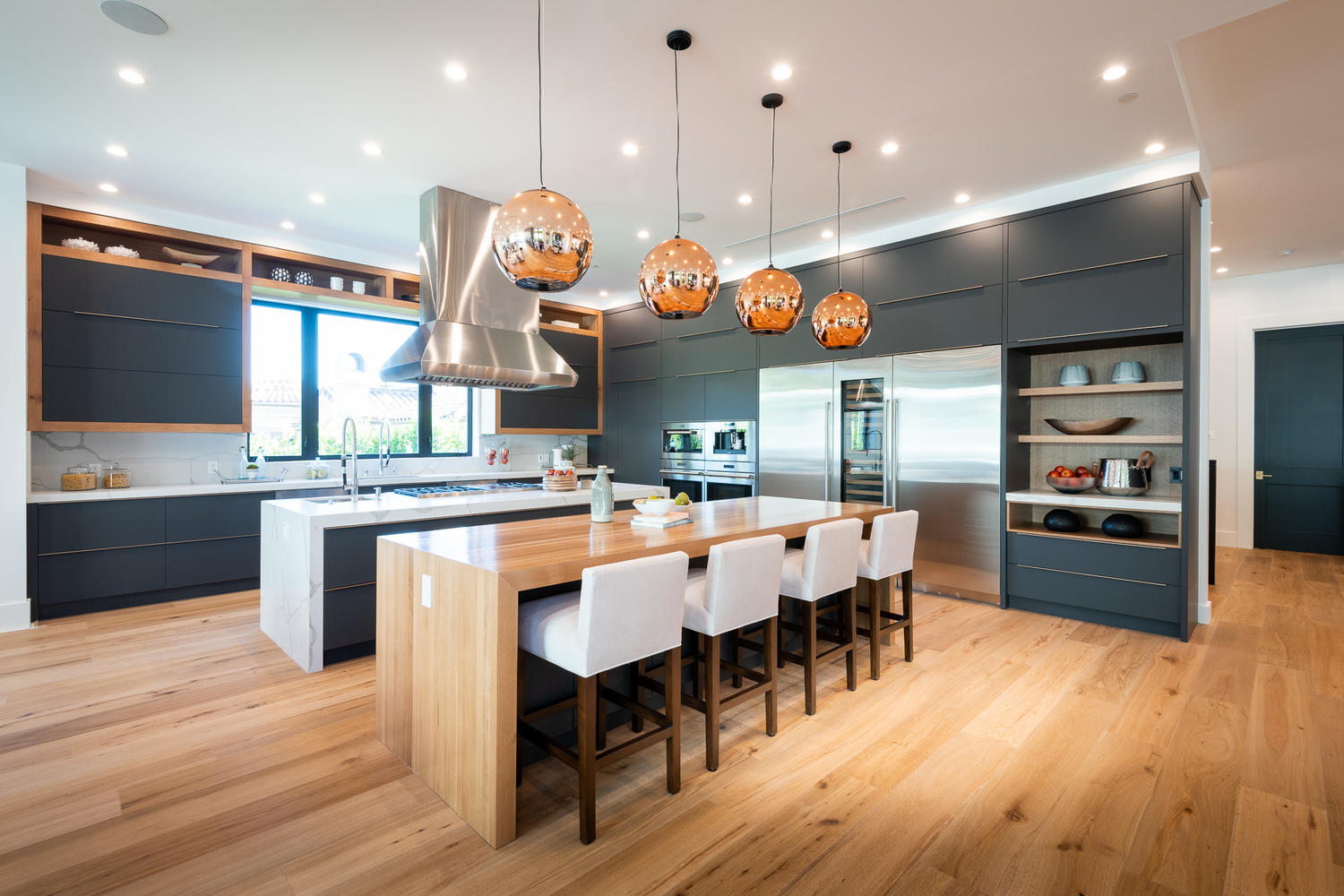
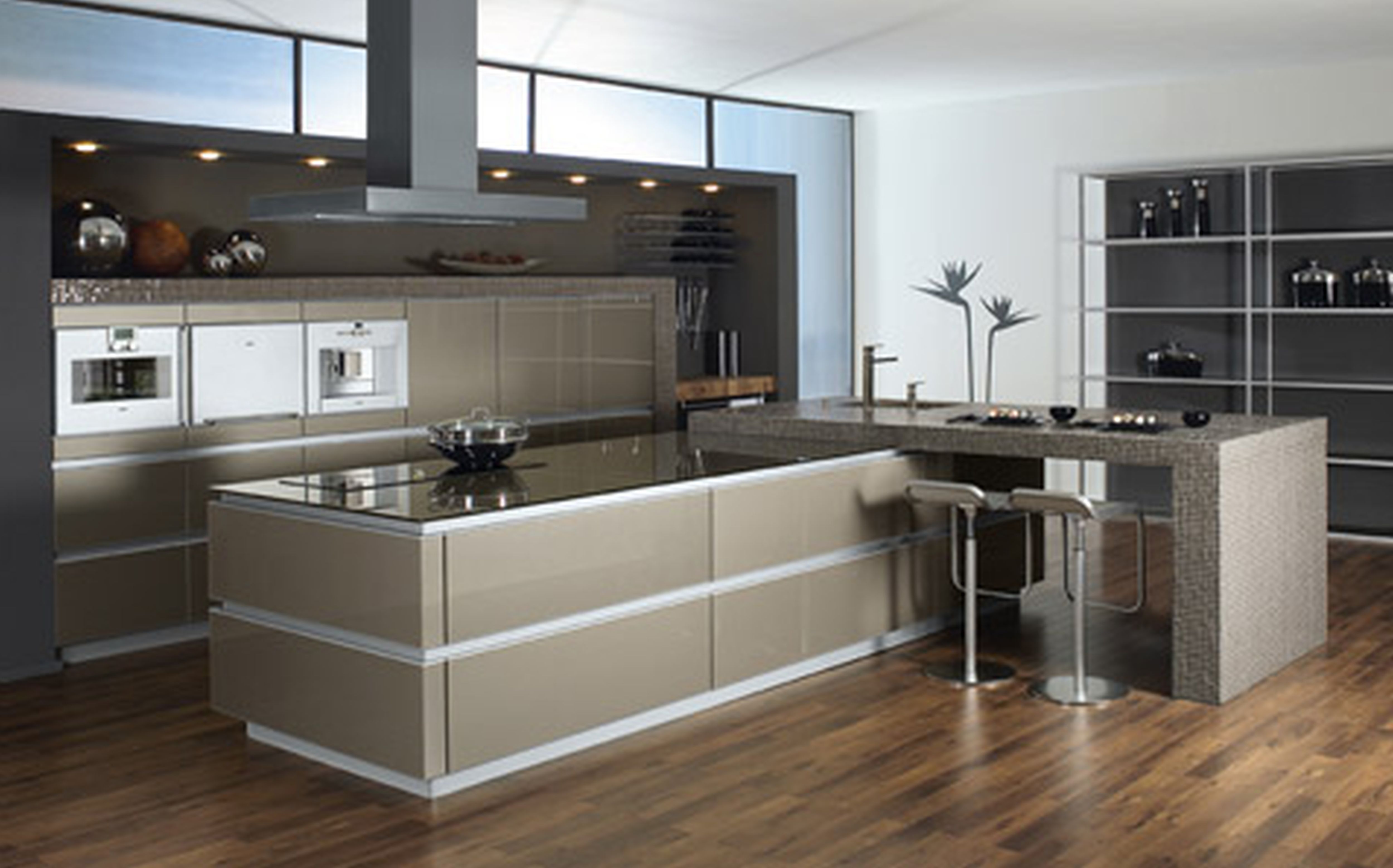

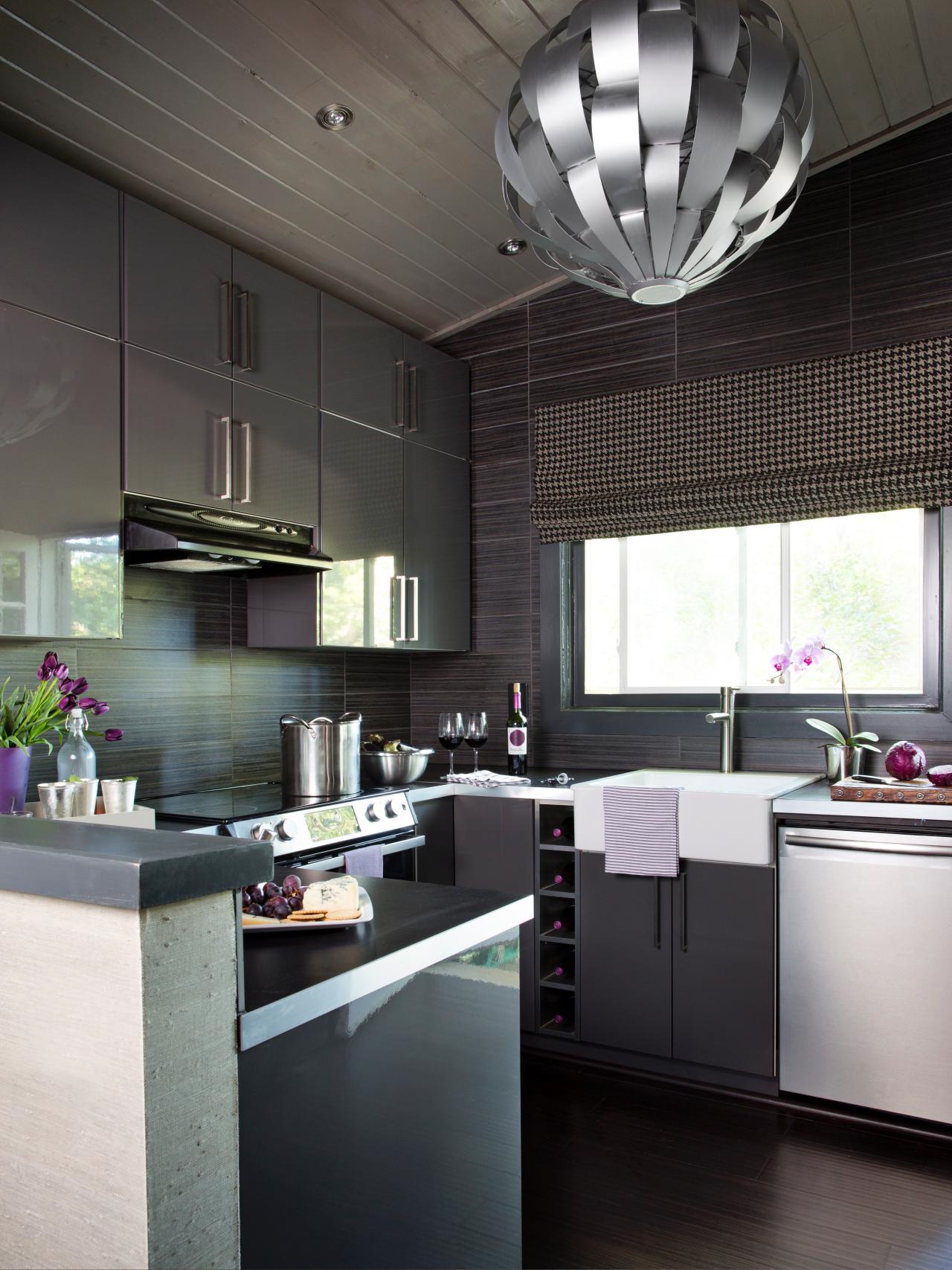

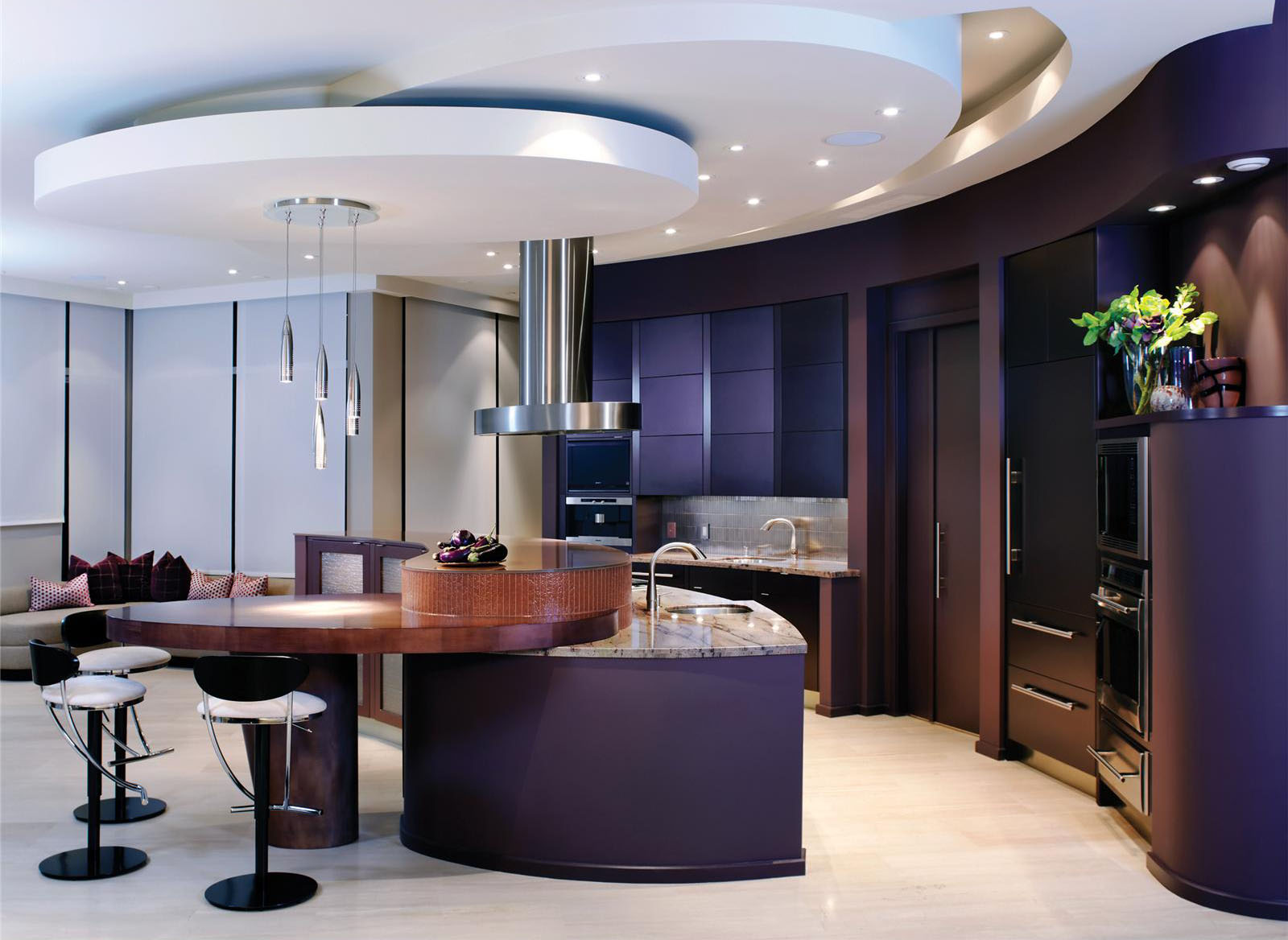

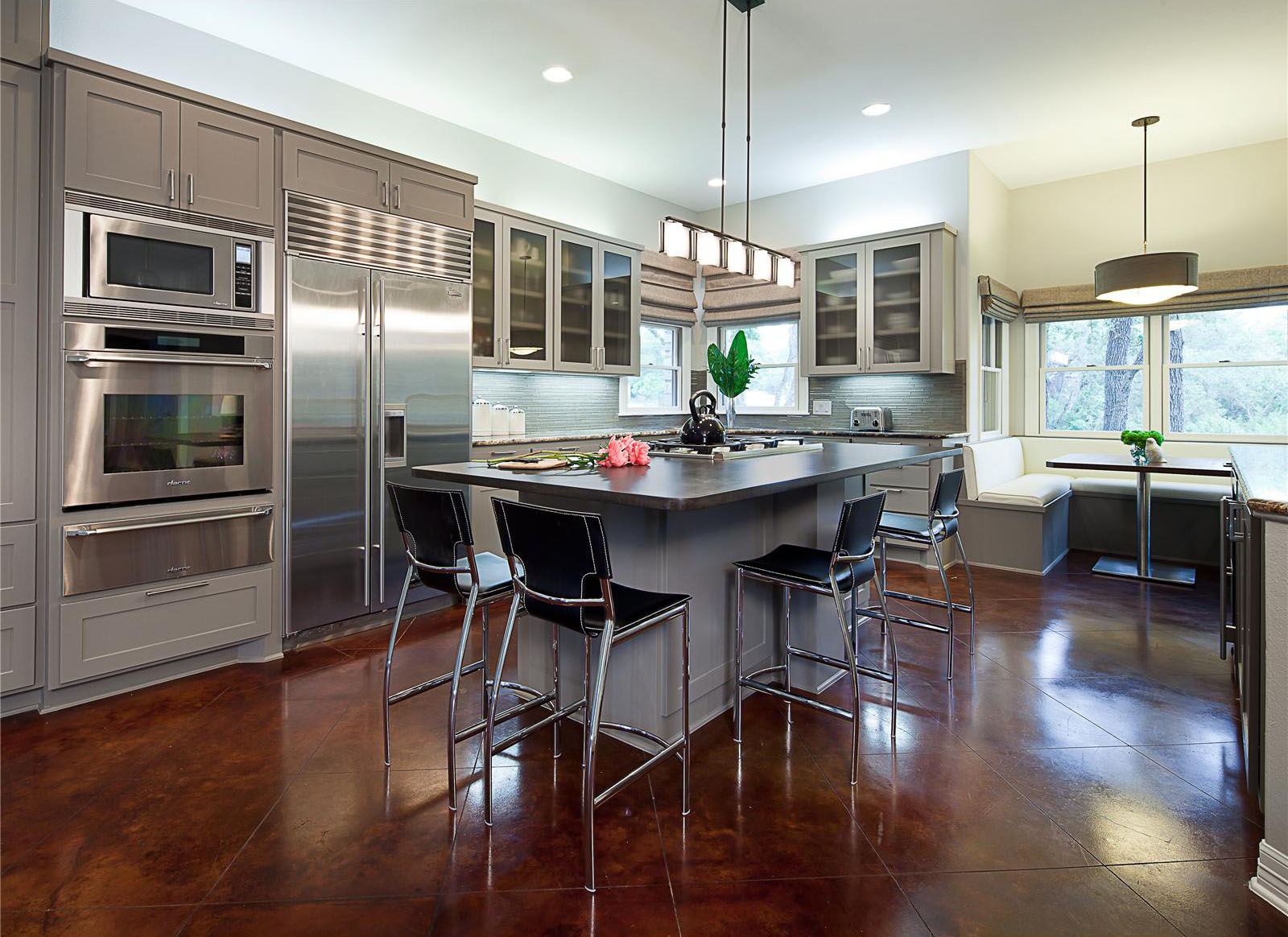





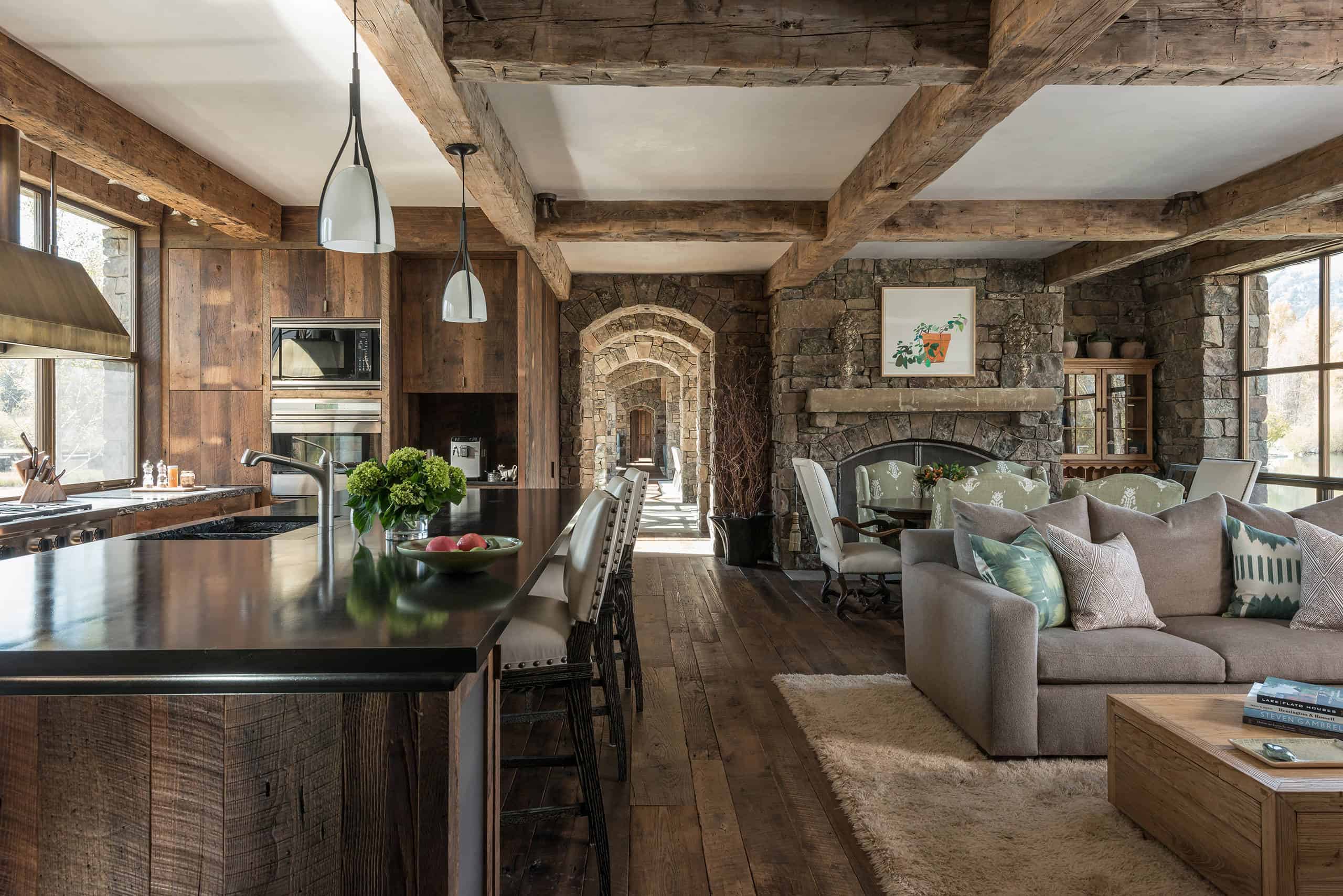

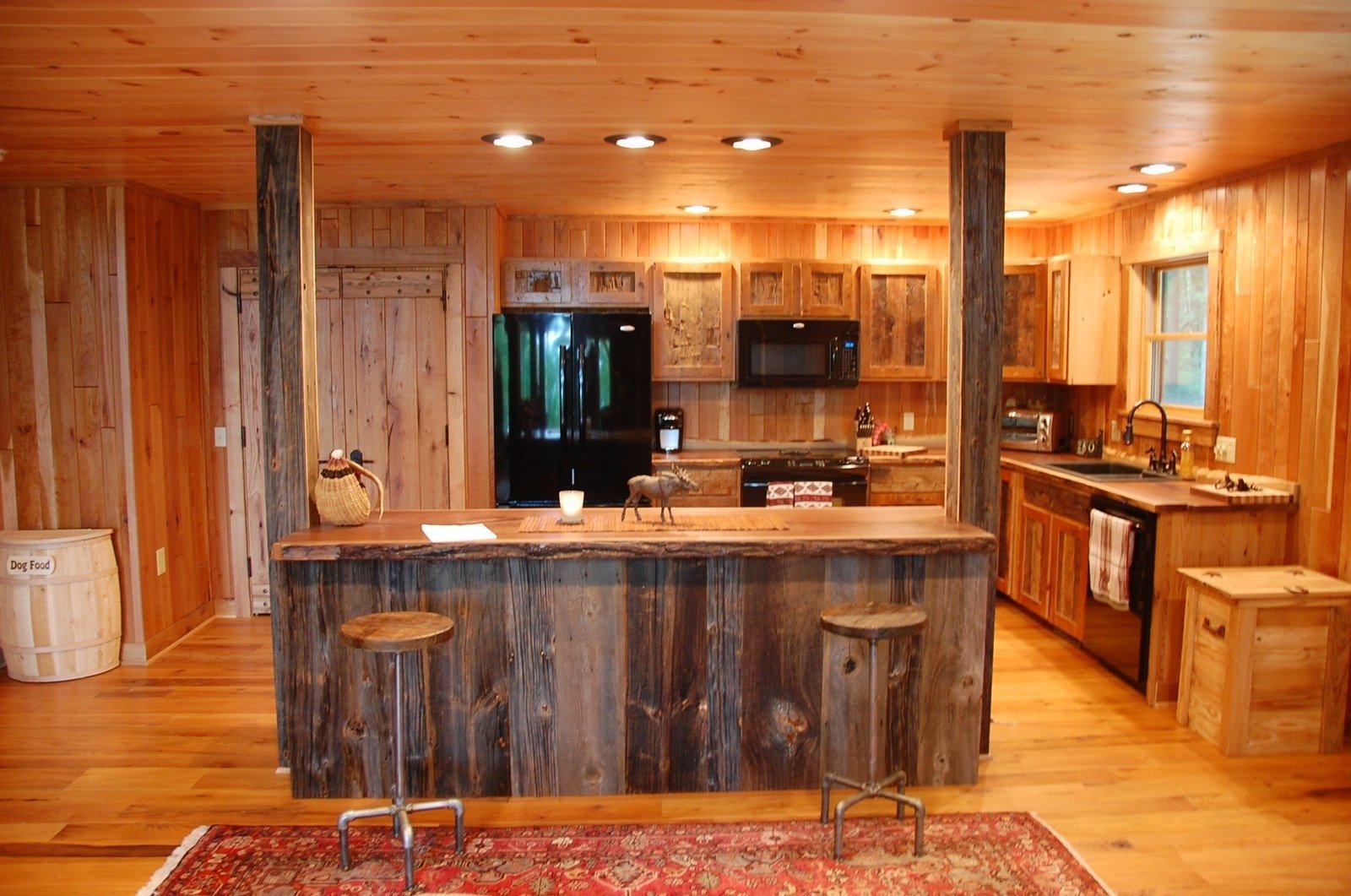
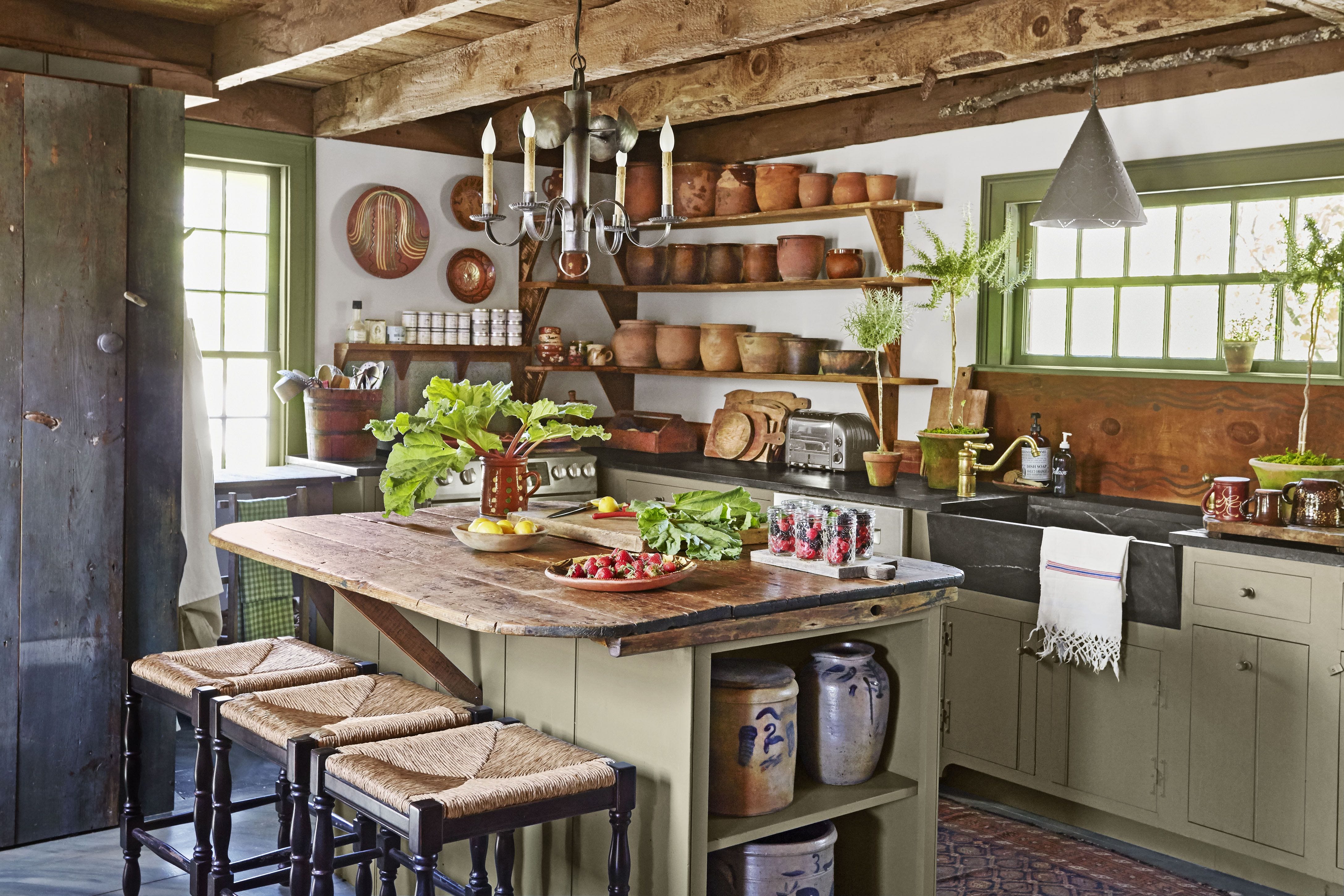
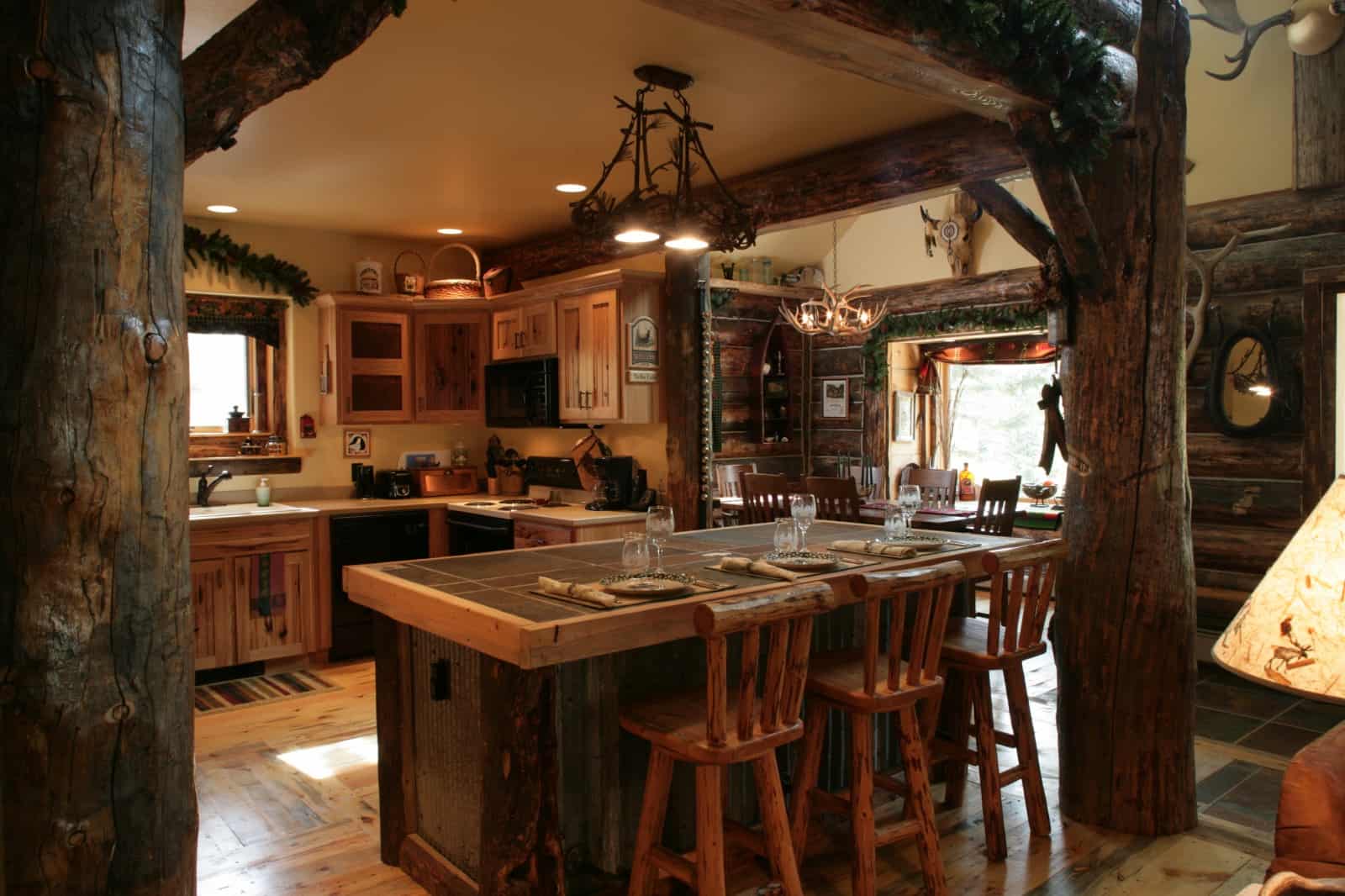
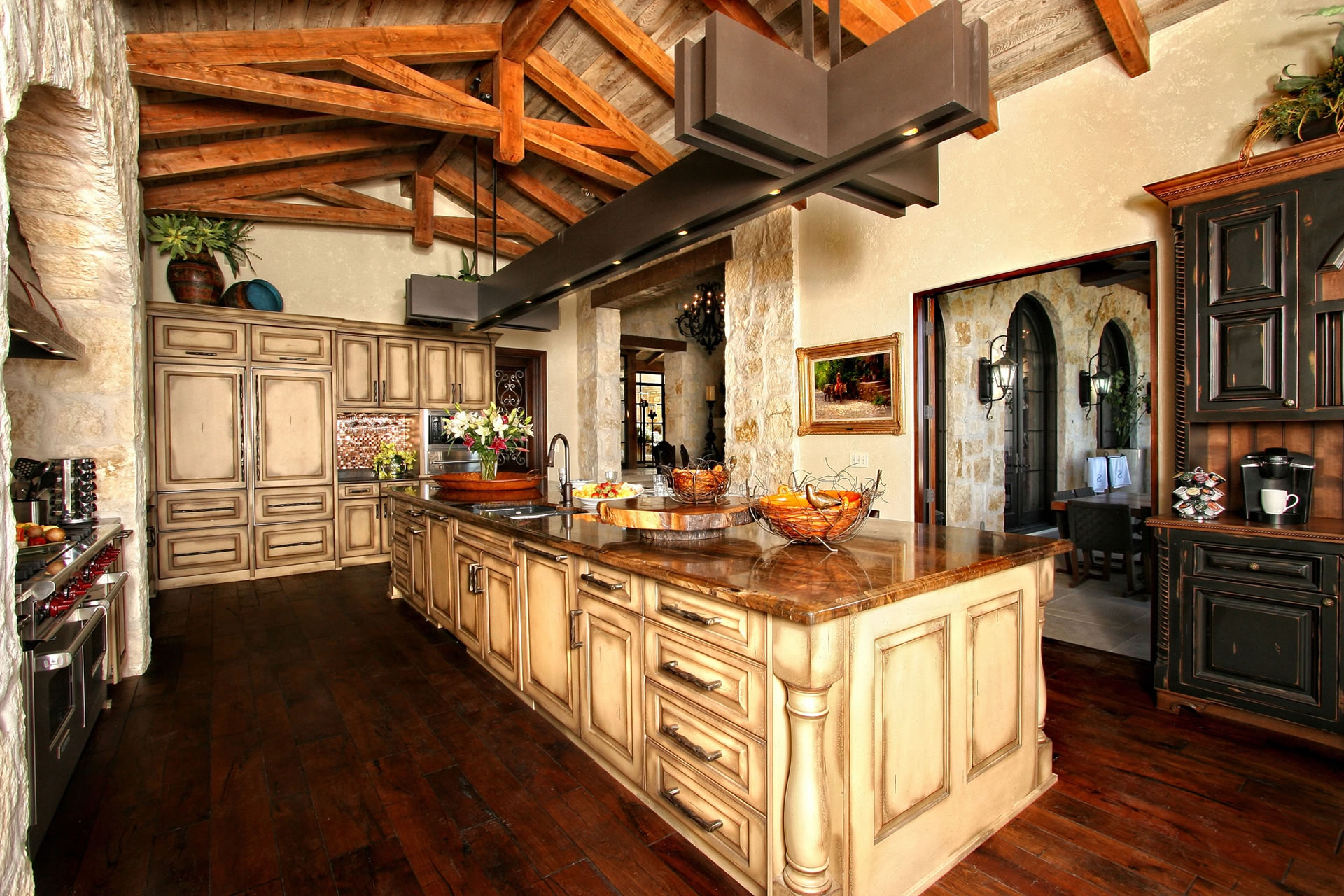
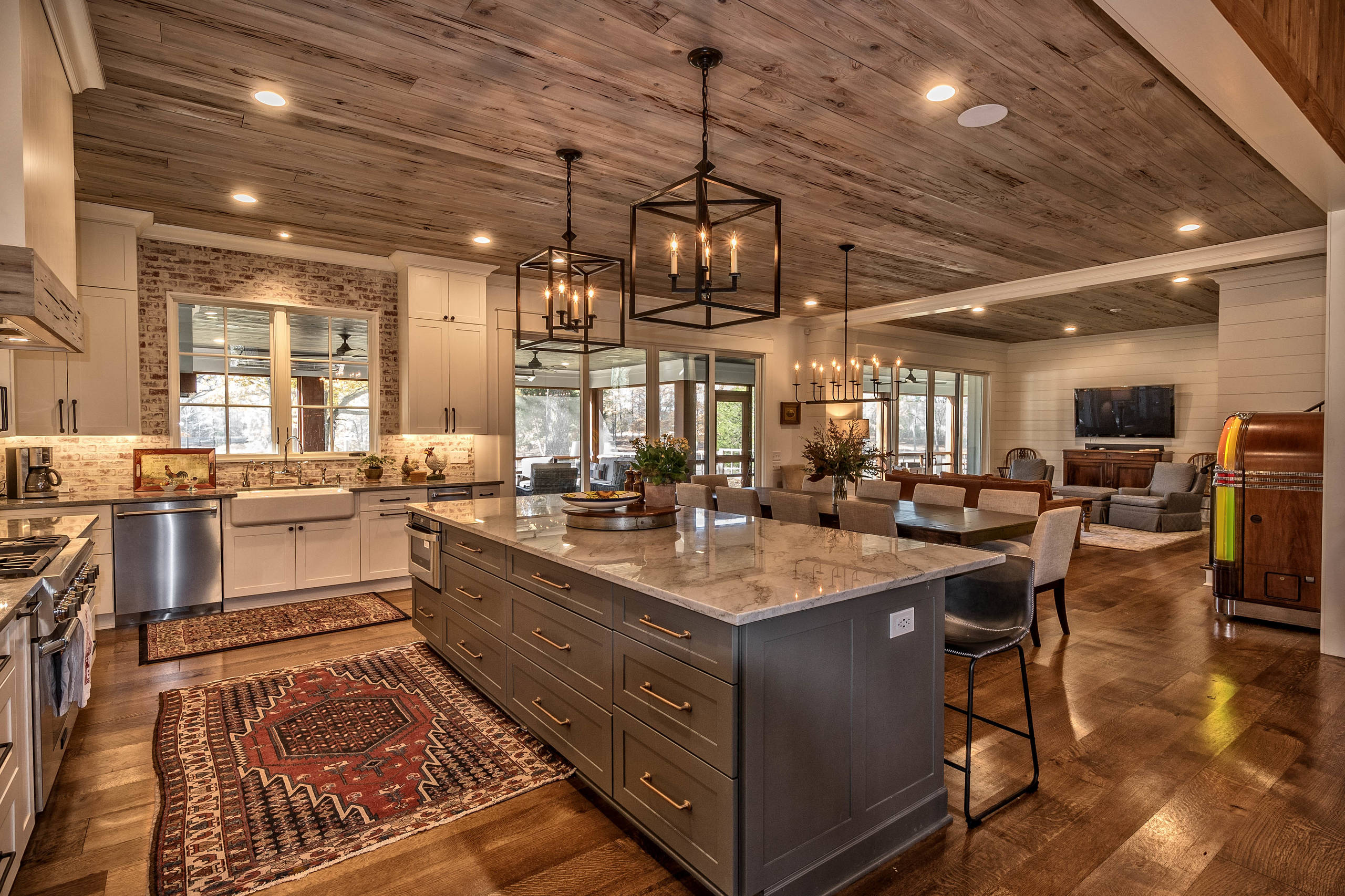
/country-style-gray-kitchen-340a33ba-ca538d0a318d4551b74bc66cb58a09cd.jpg)


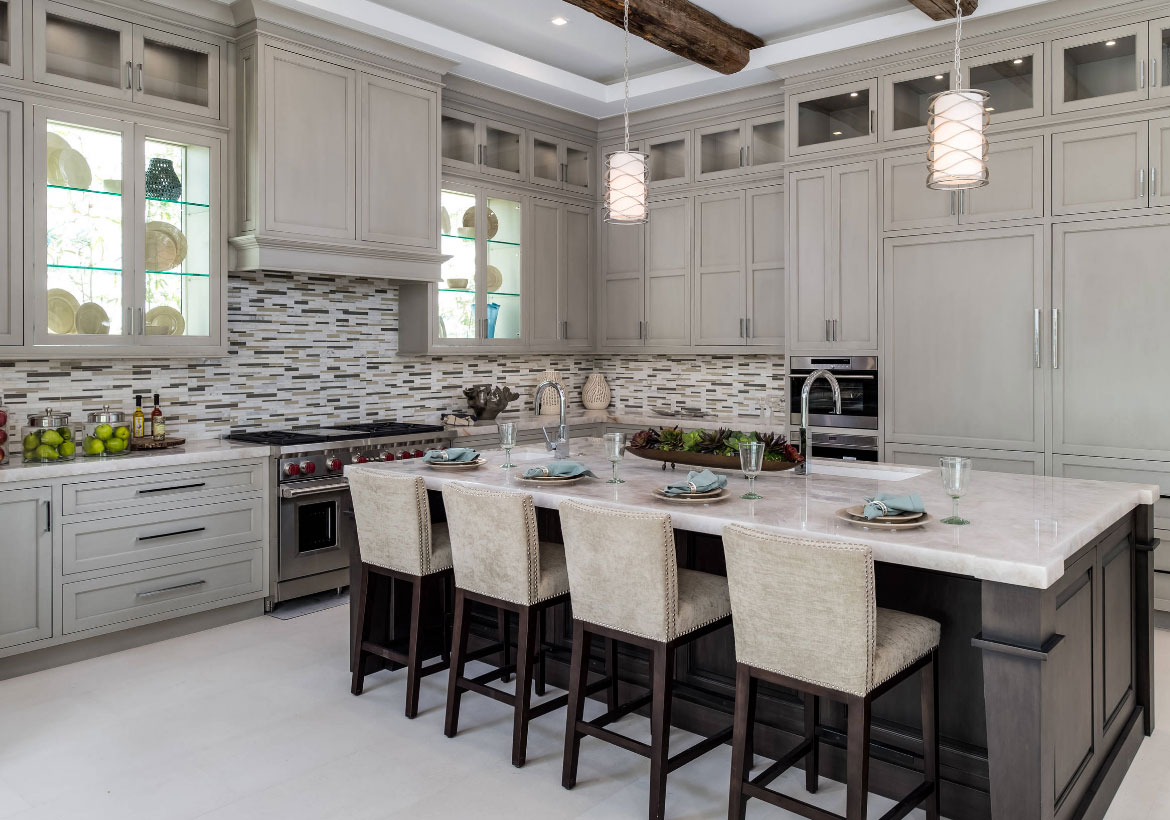
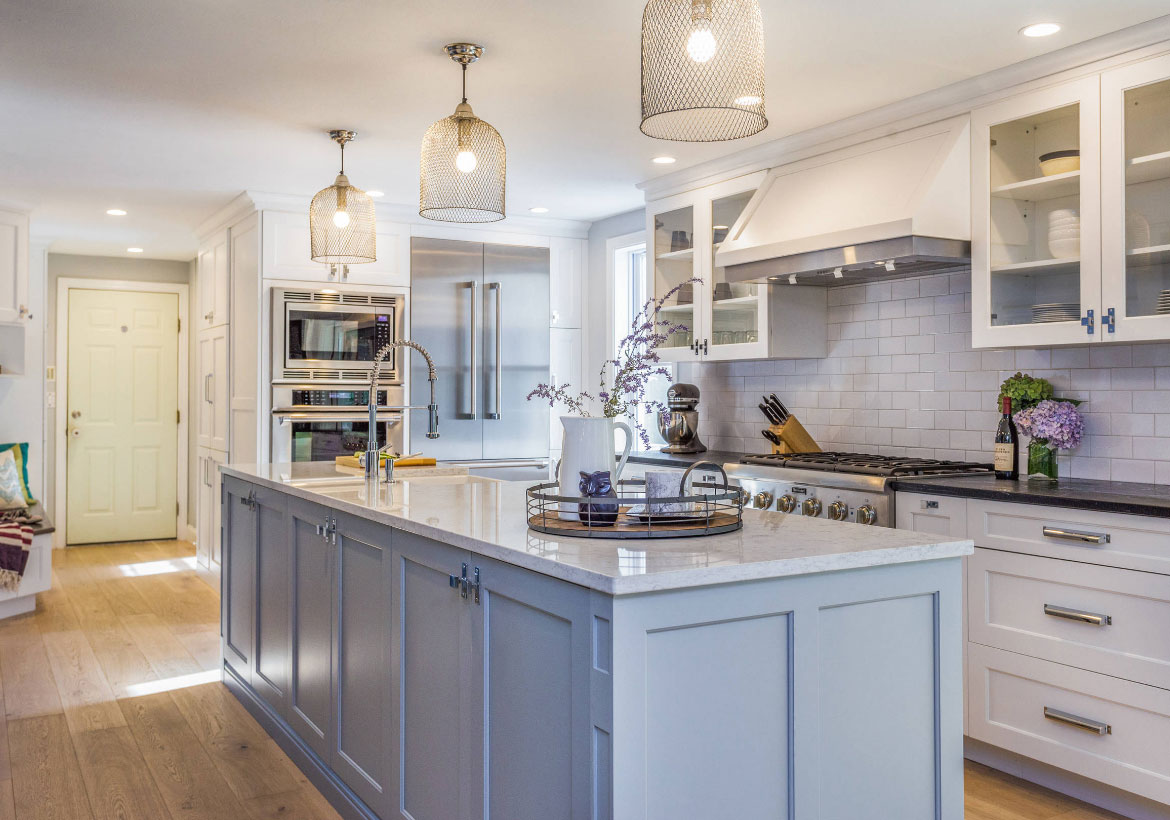

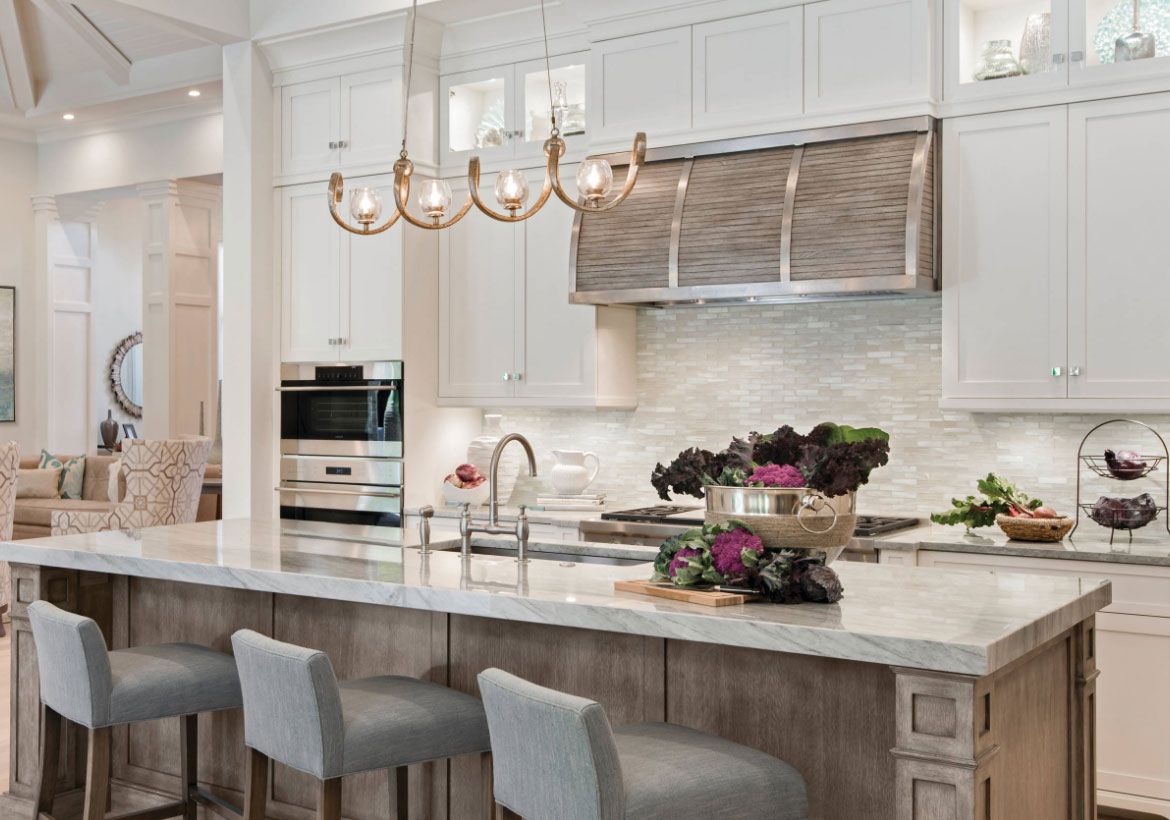
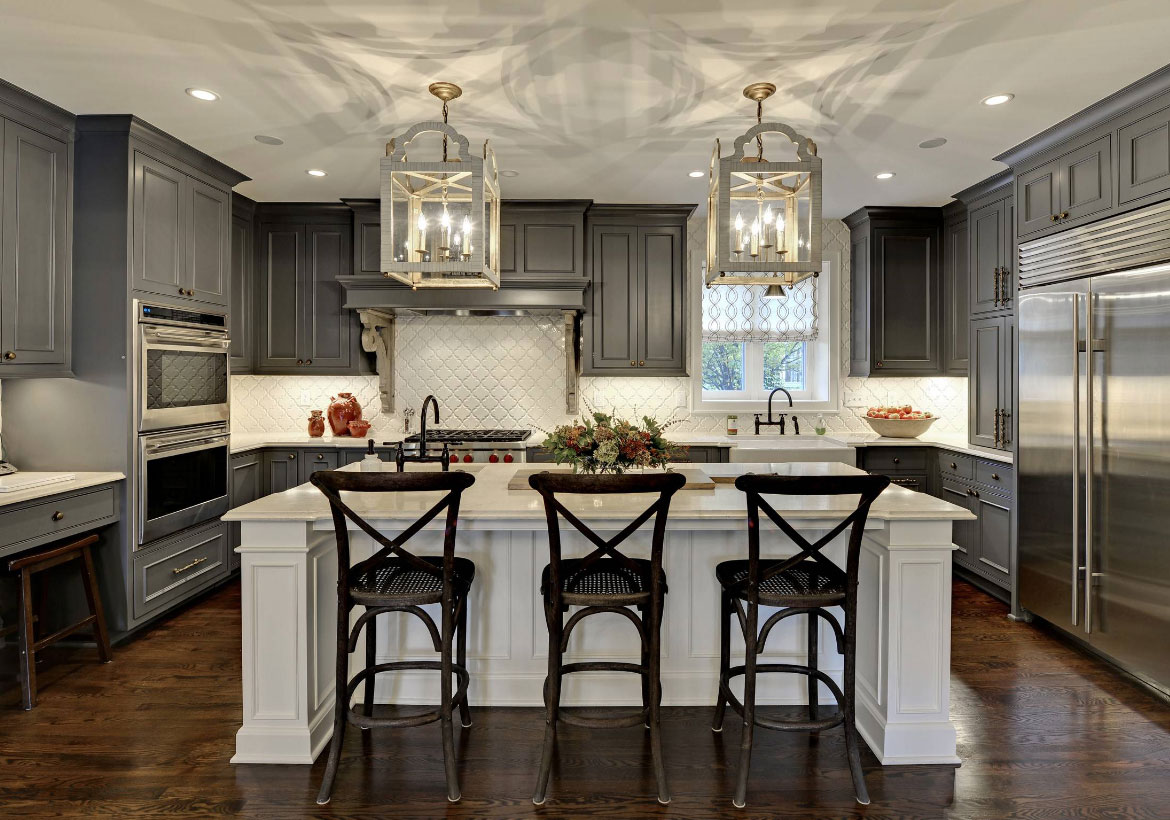
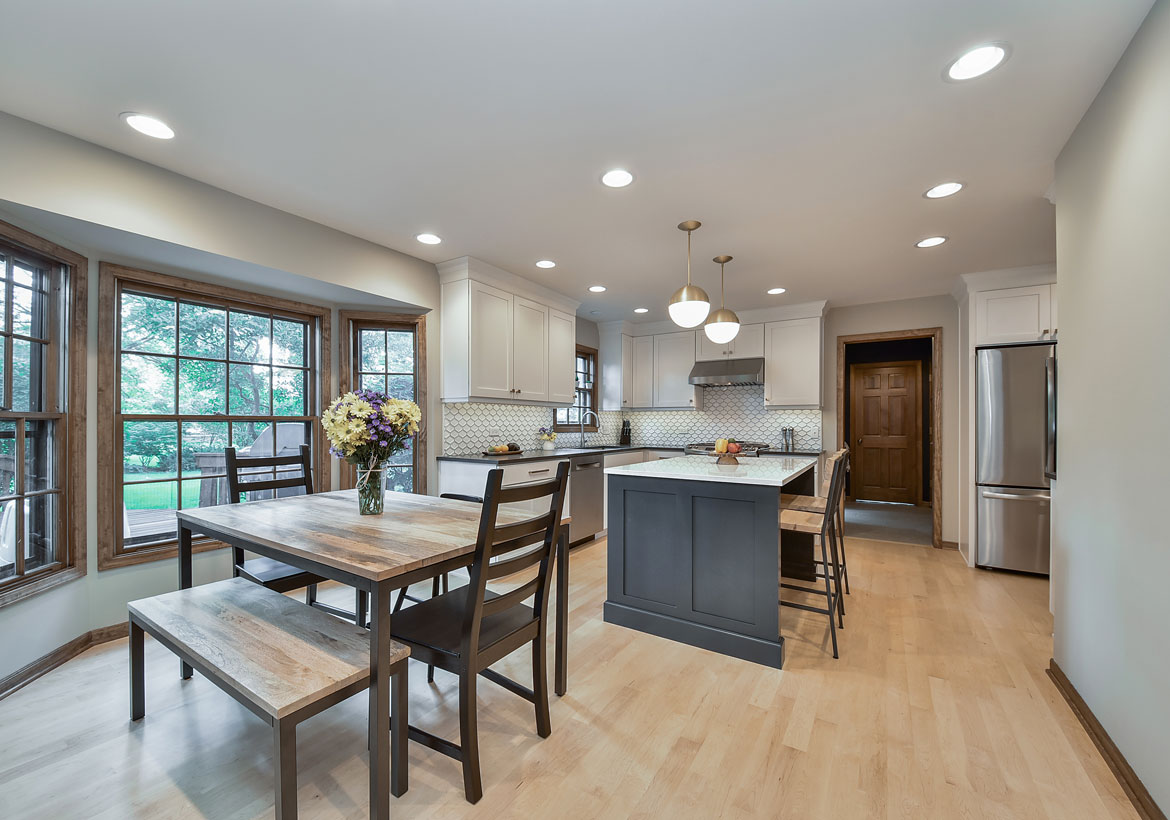
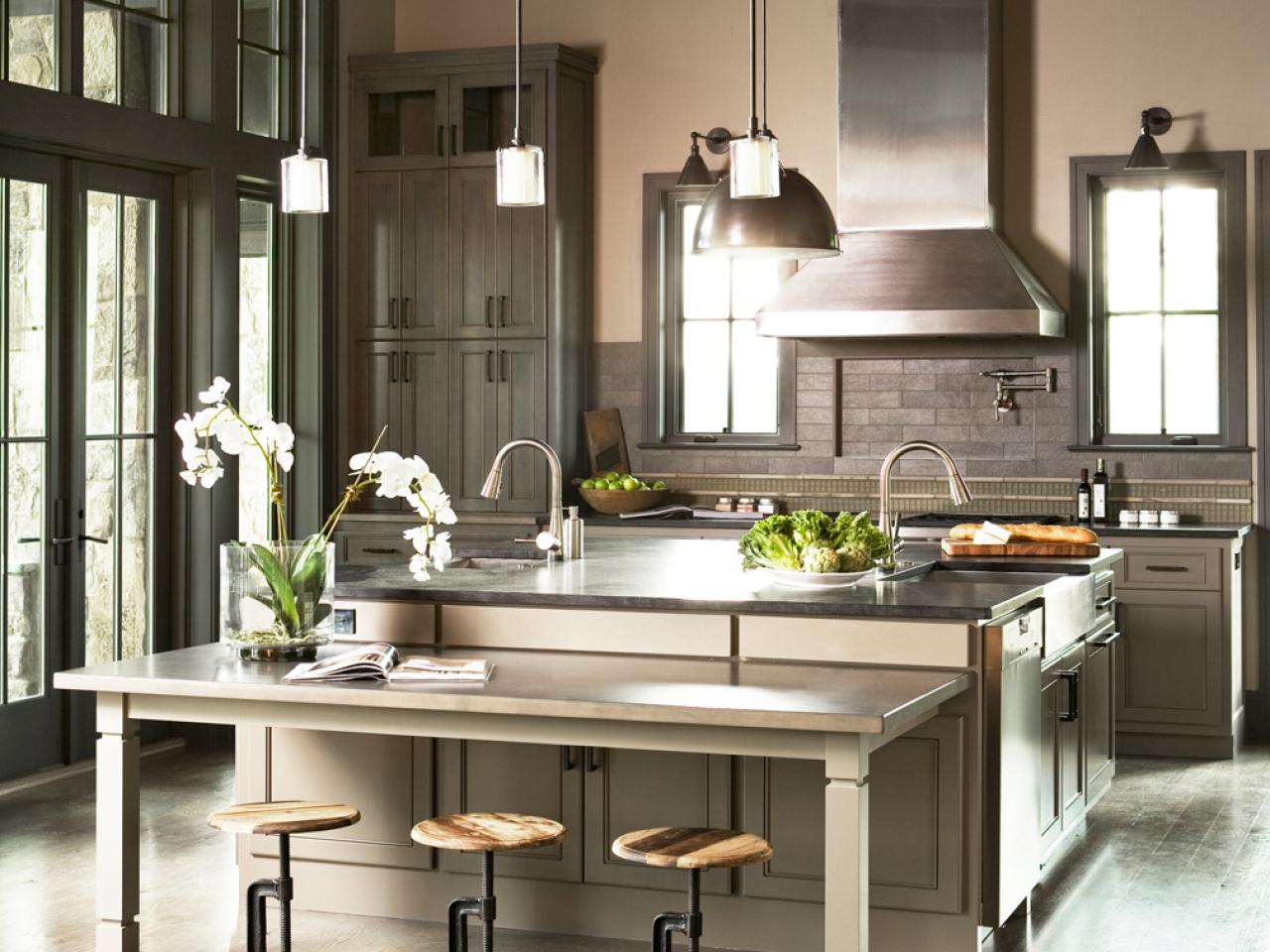



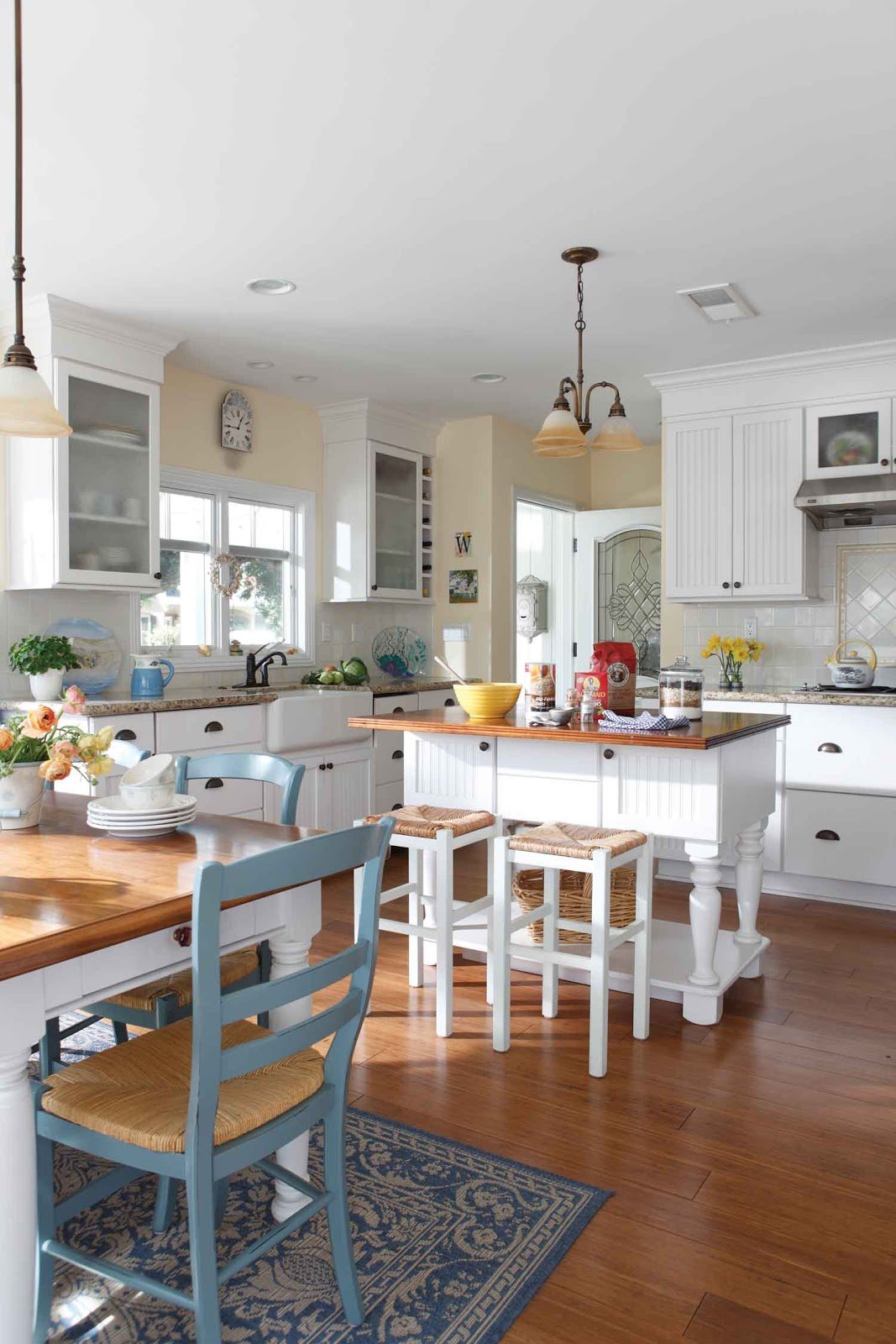

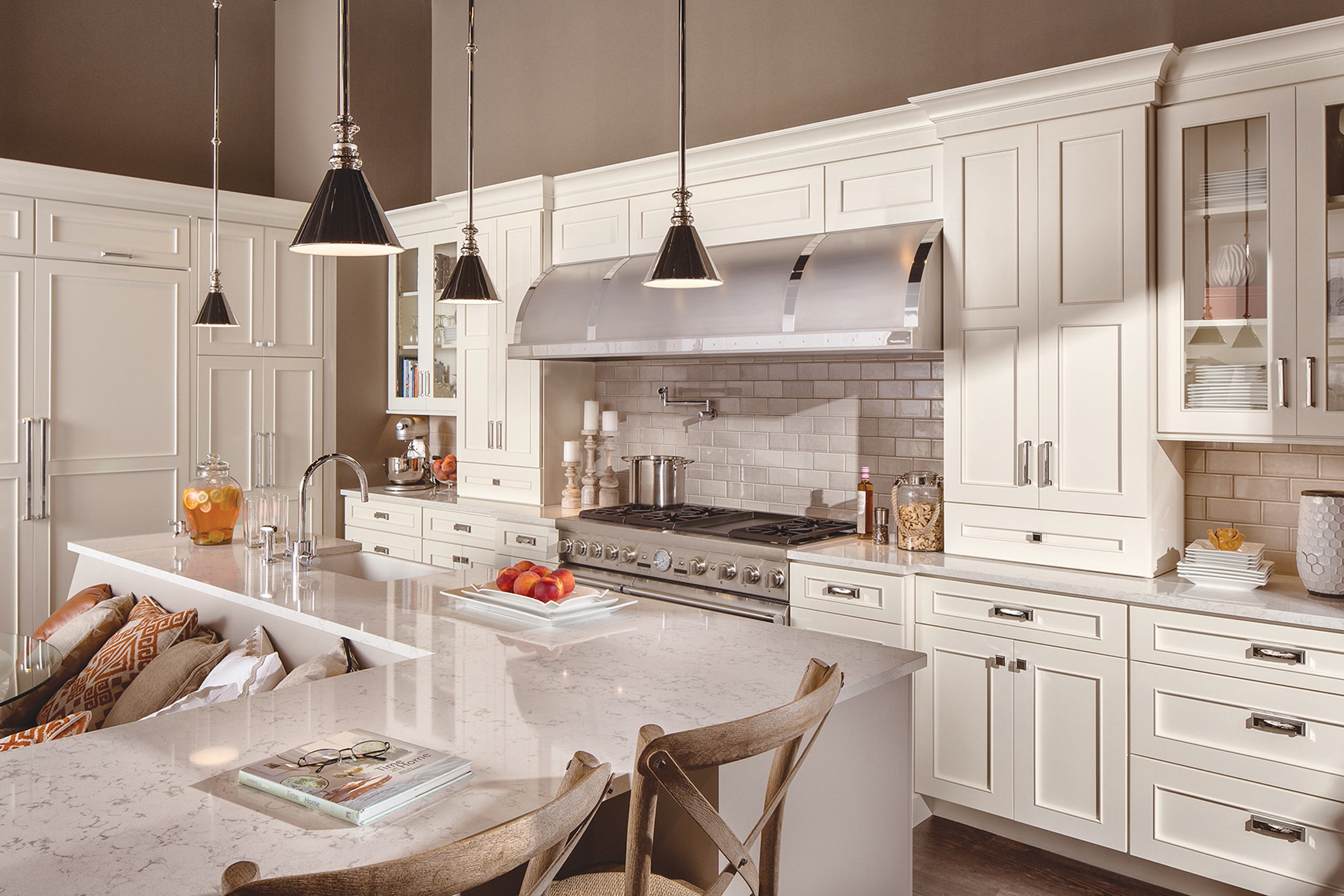
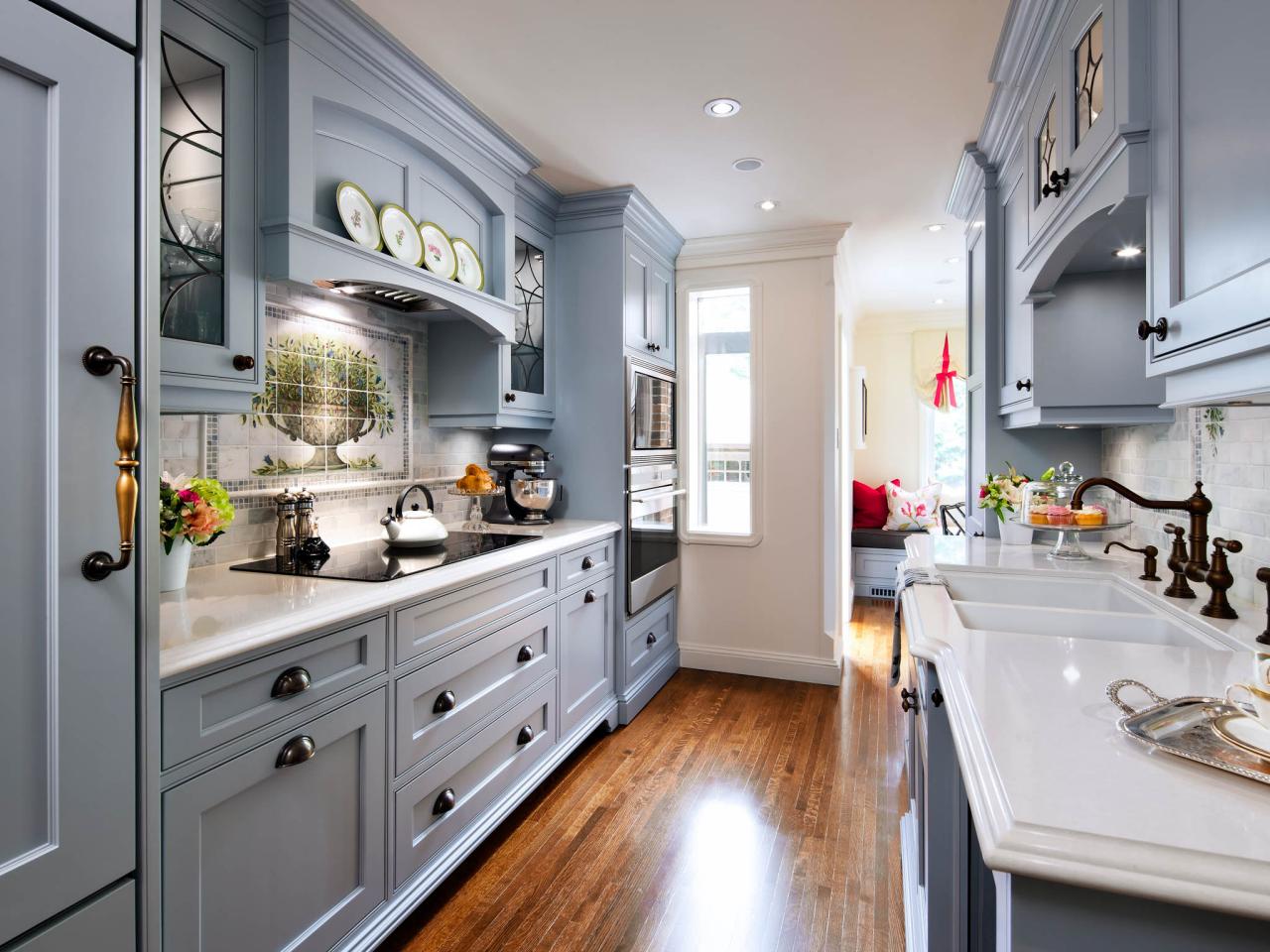
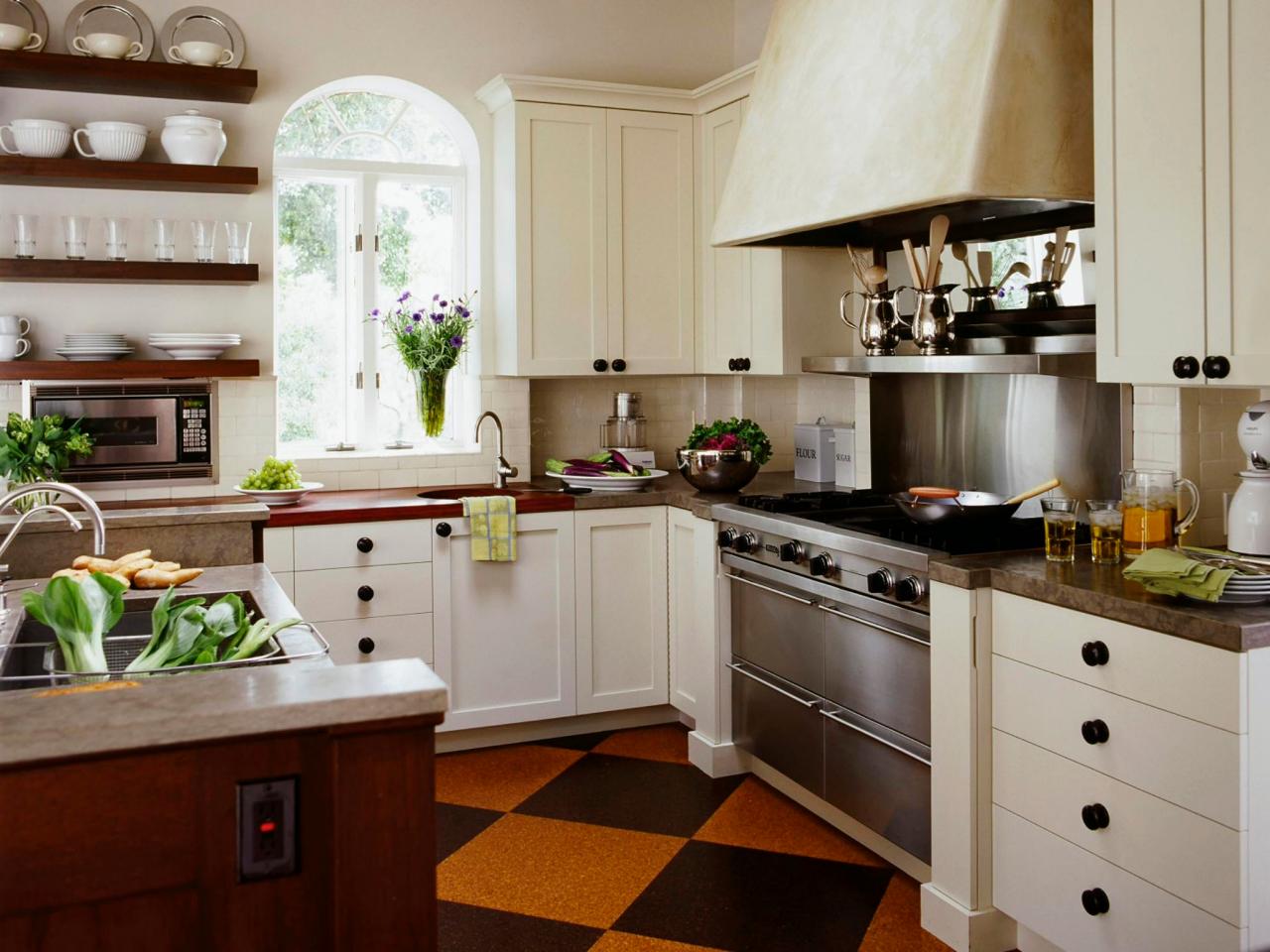
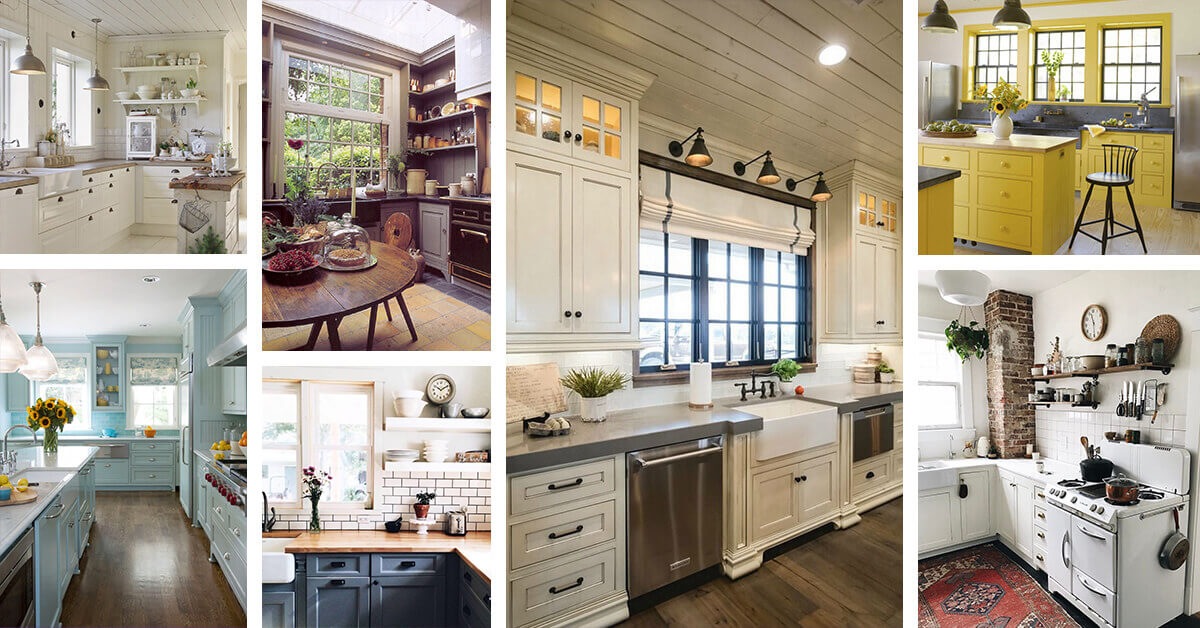
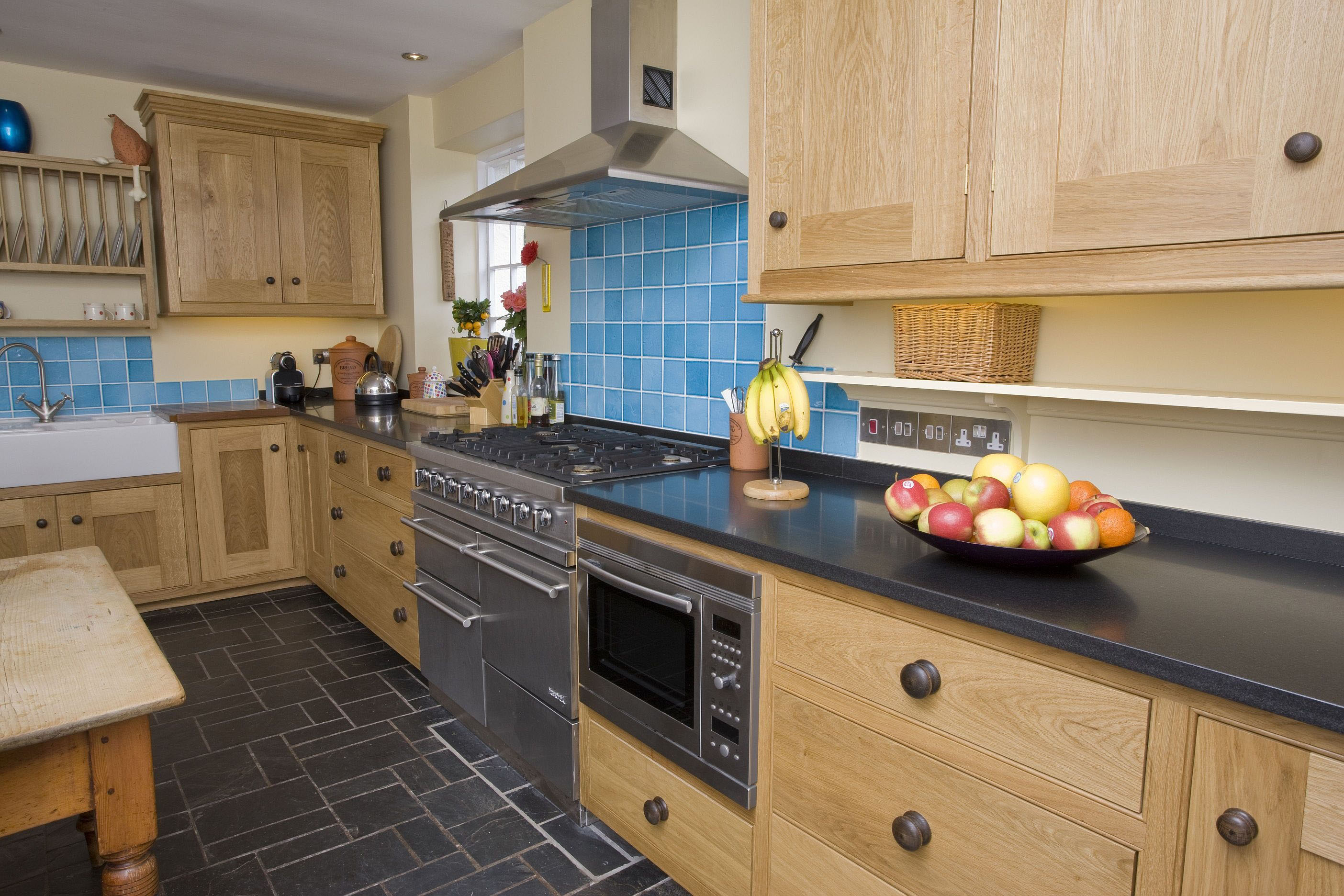


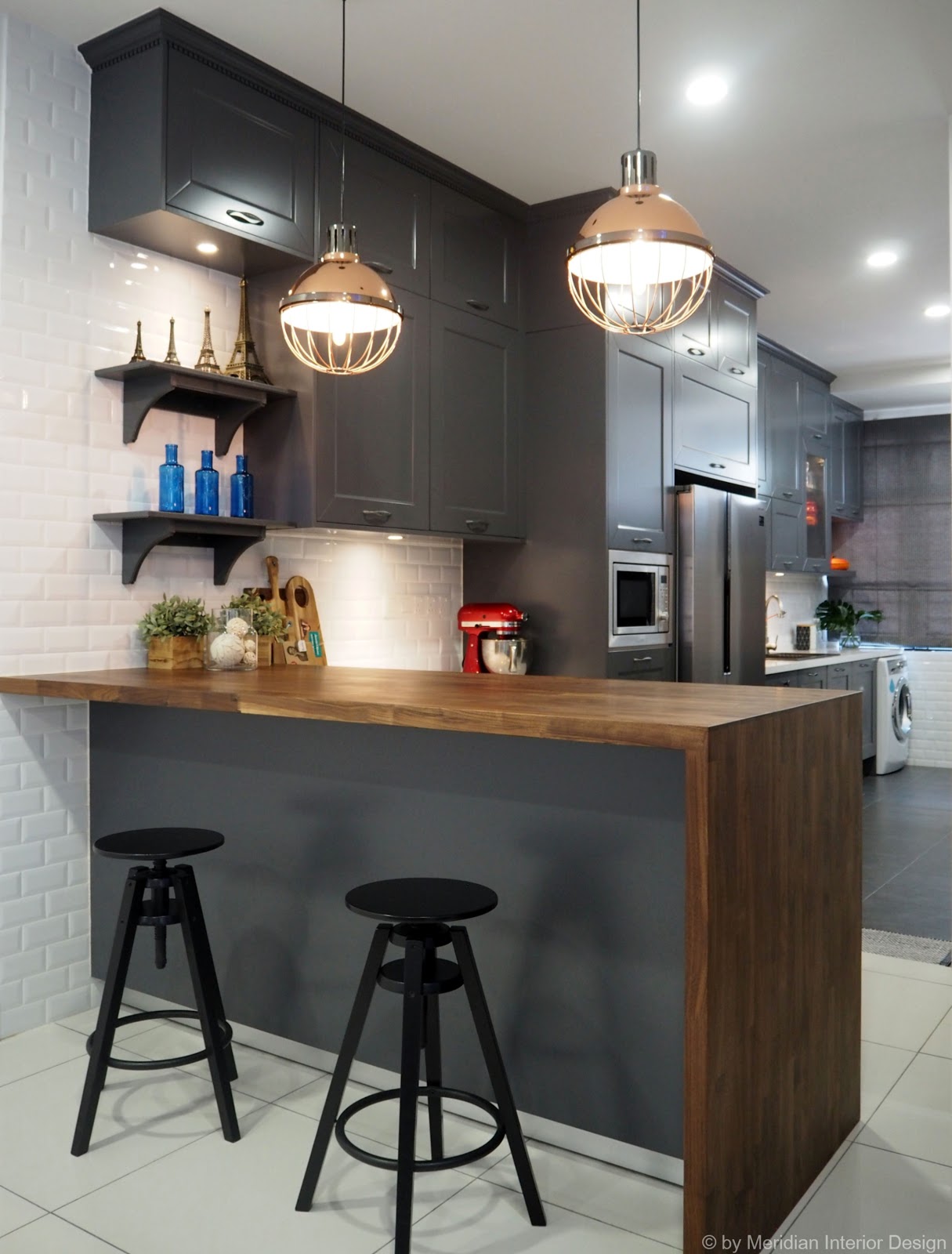


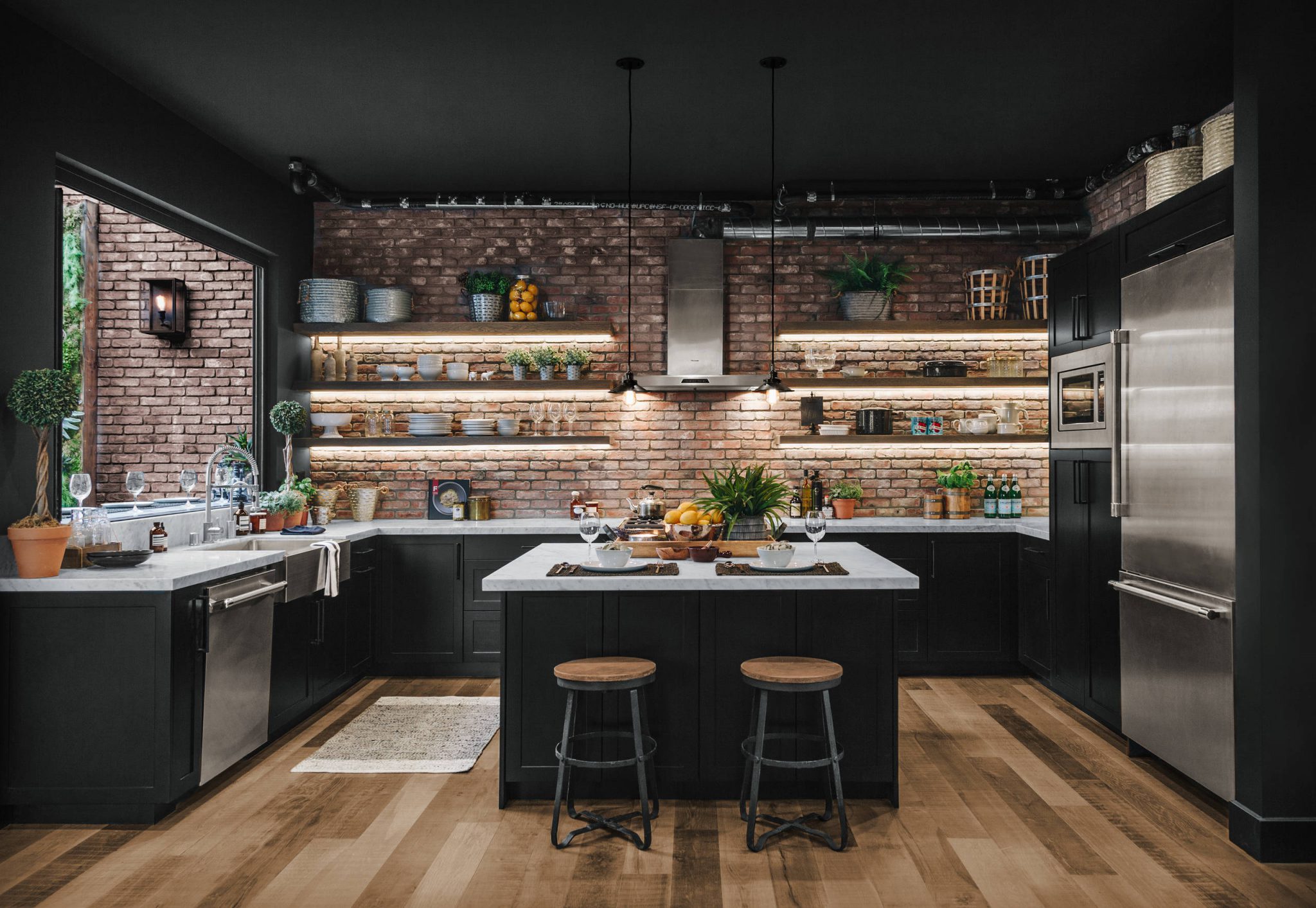
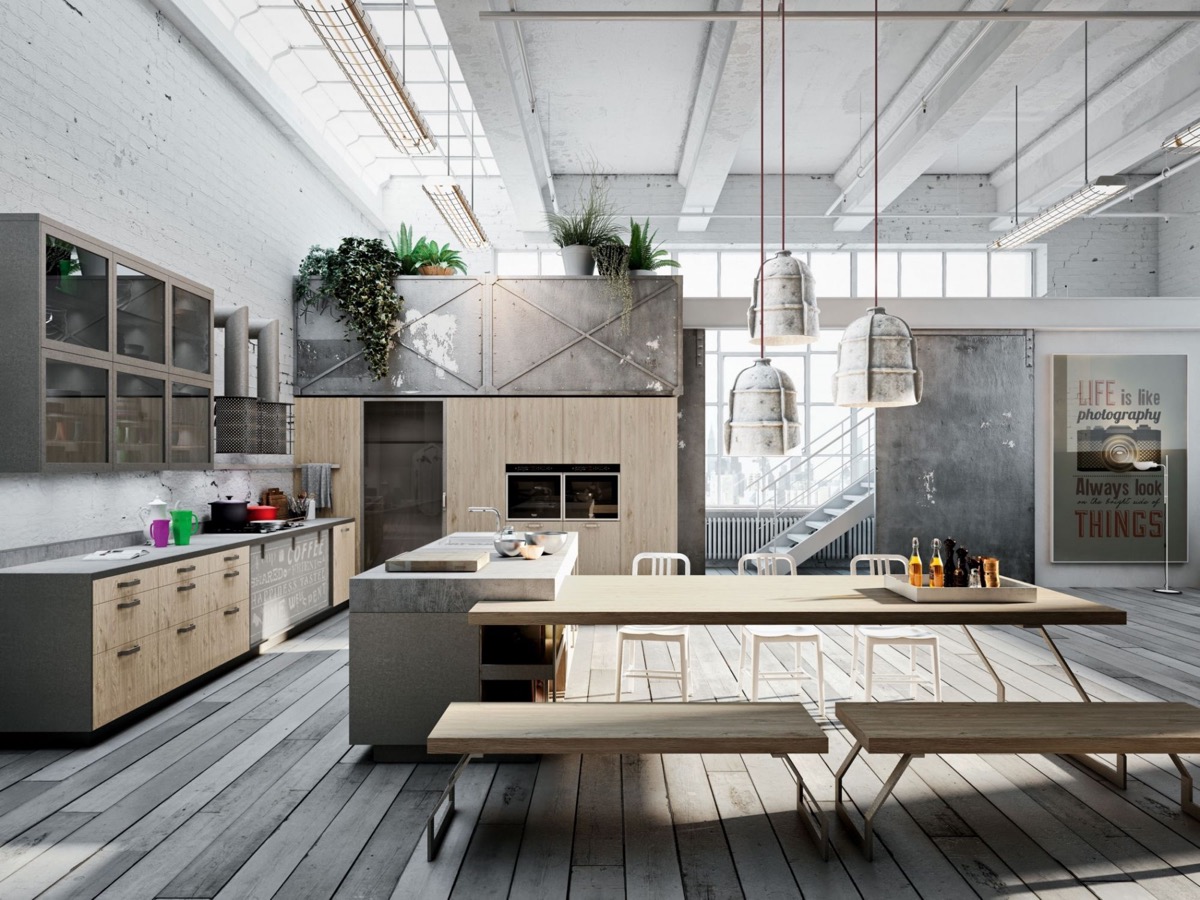















:max_bytes(150000):strip_icc()/RGP-0036-6a2cd4ec7e904a96a8f7ba0639402b5b.jpeg)
:max_bytes(150000):strip_icc()/LakeviewKitchen_002-9c55a86f37ca4da186eb34fce941f153.jpg)































